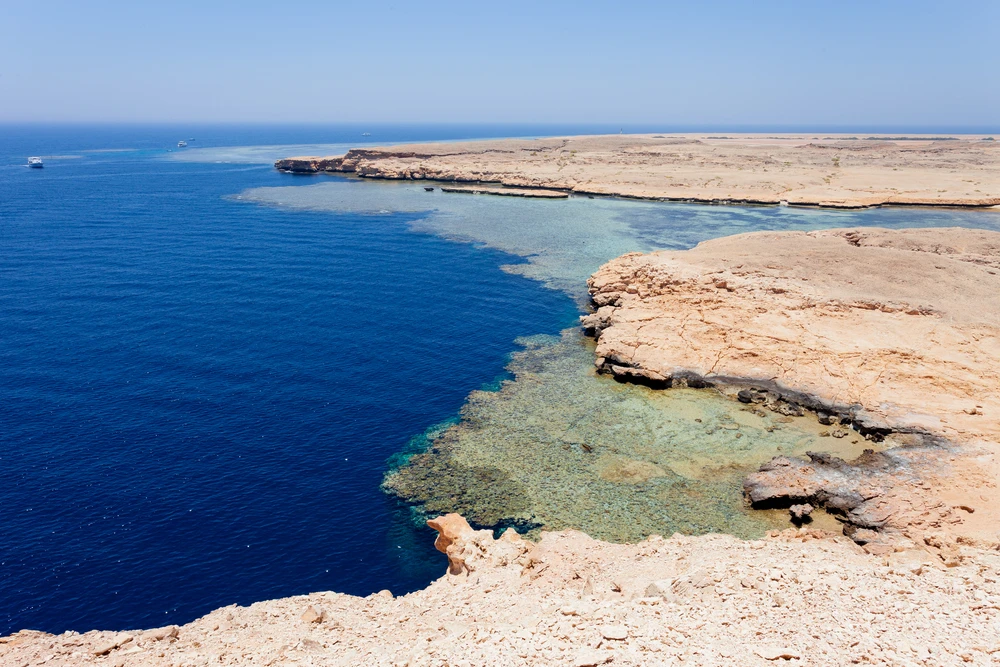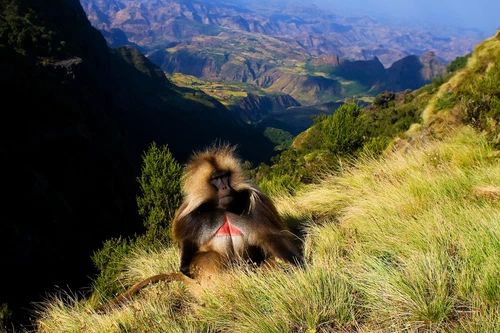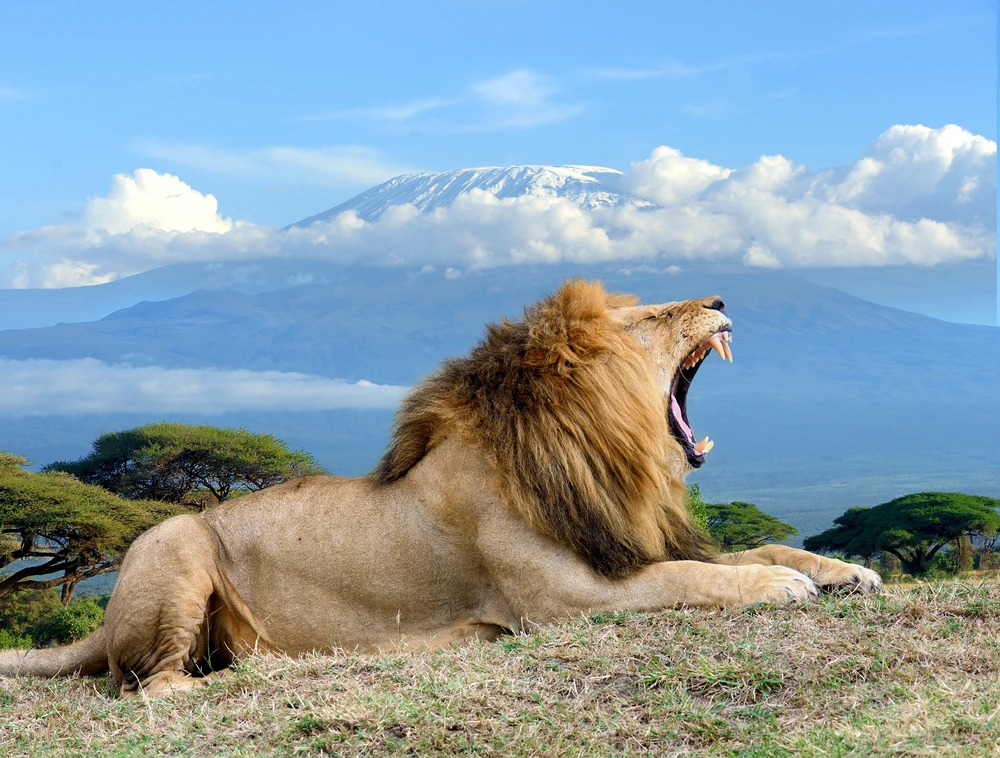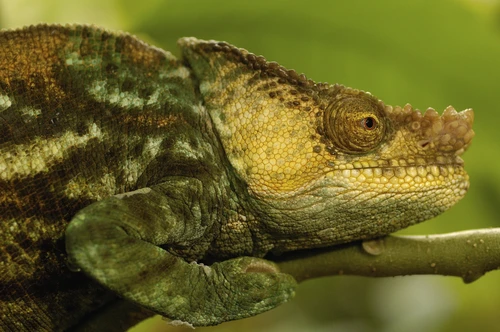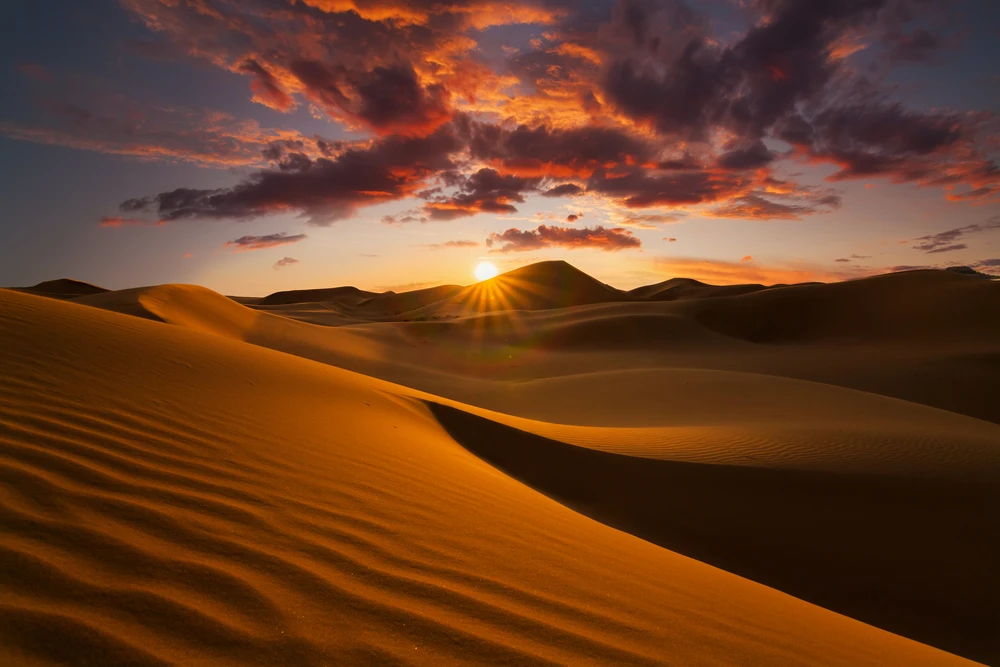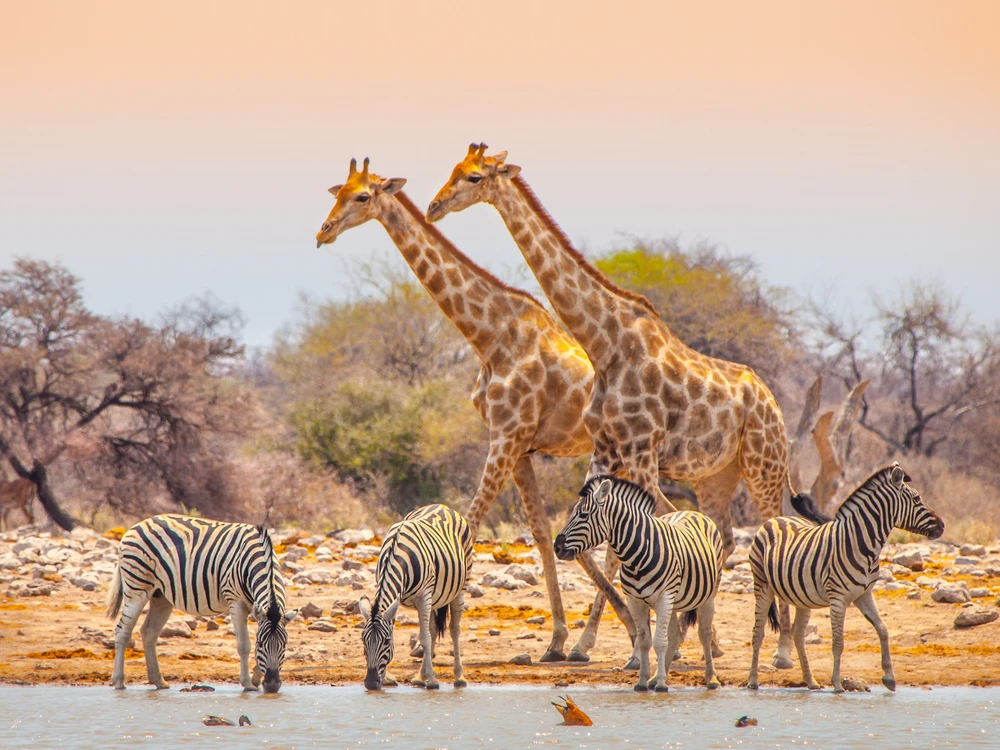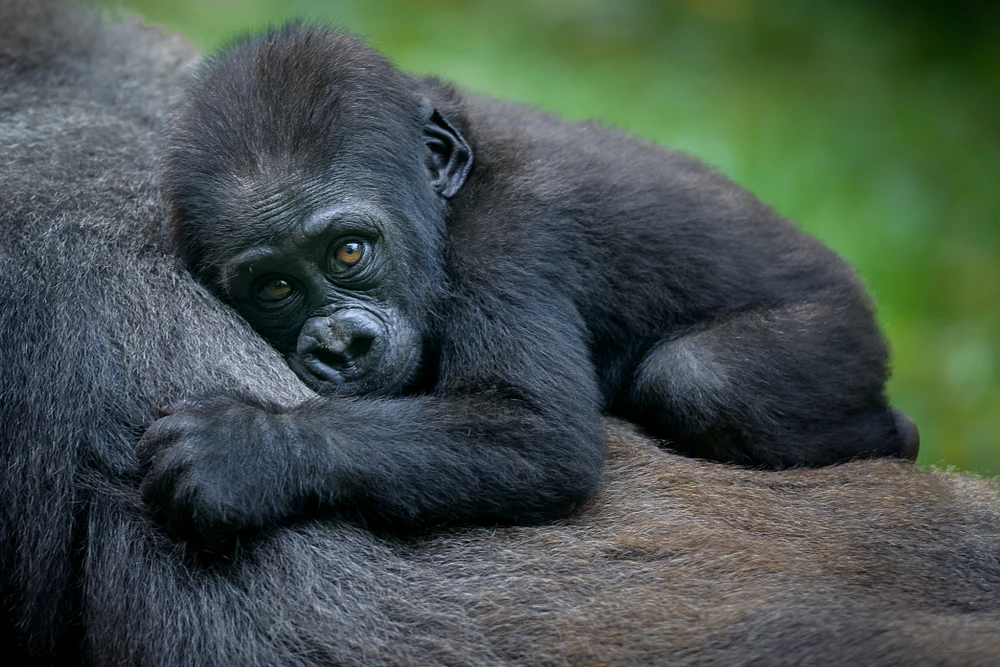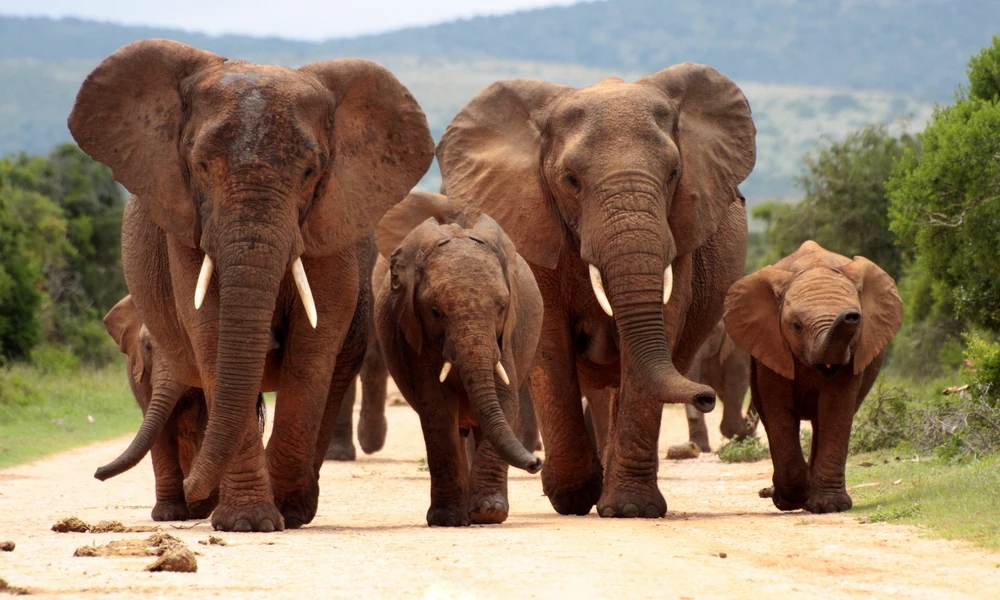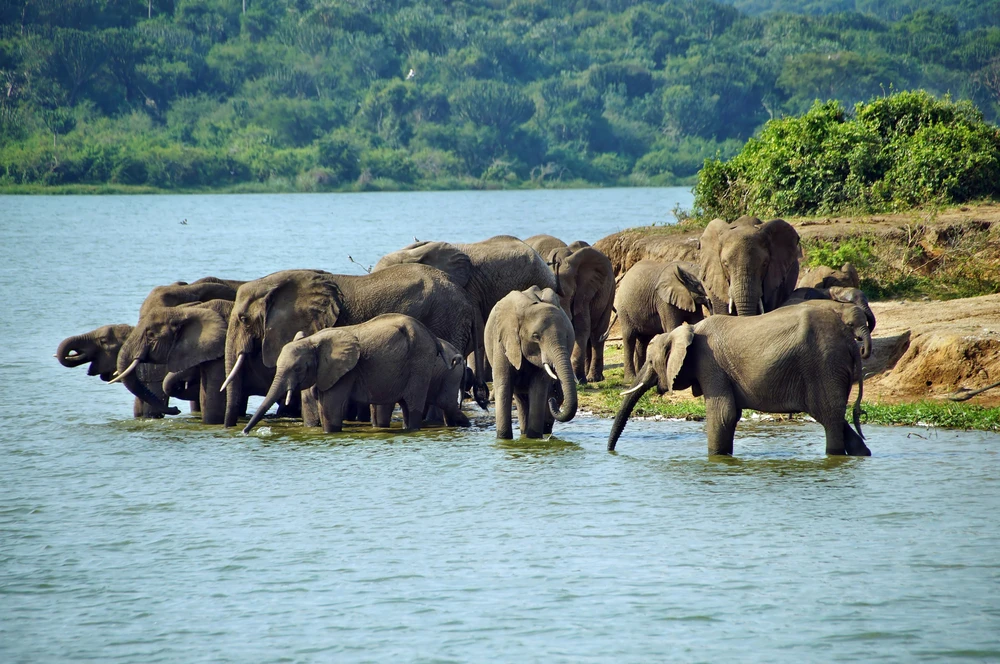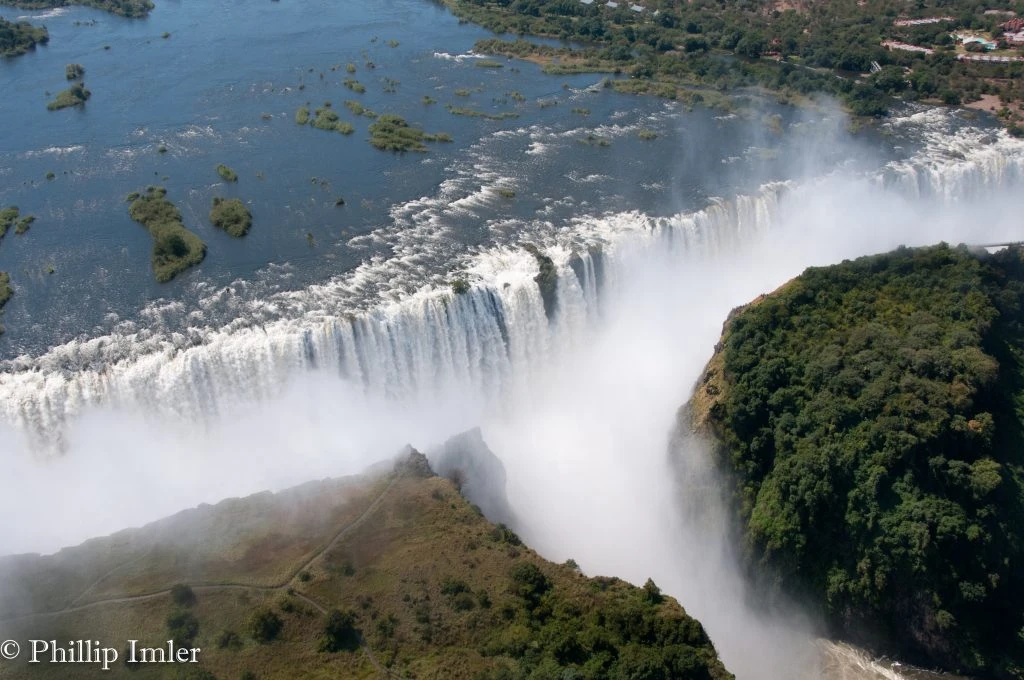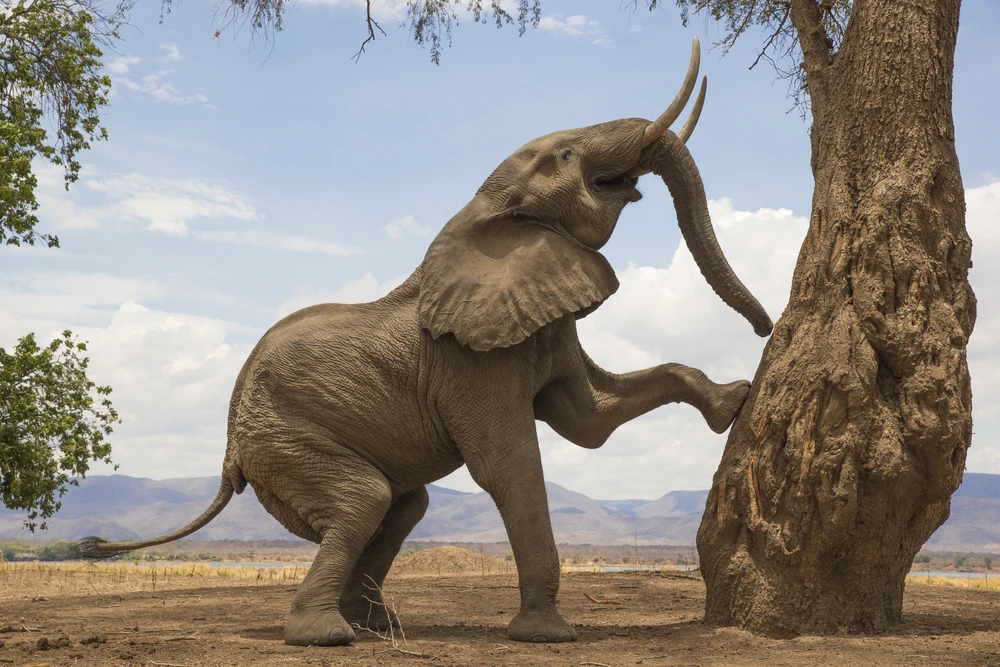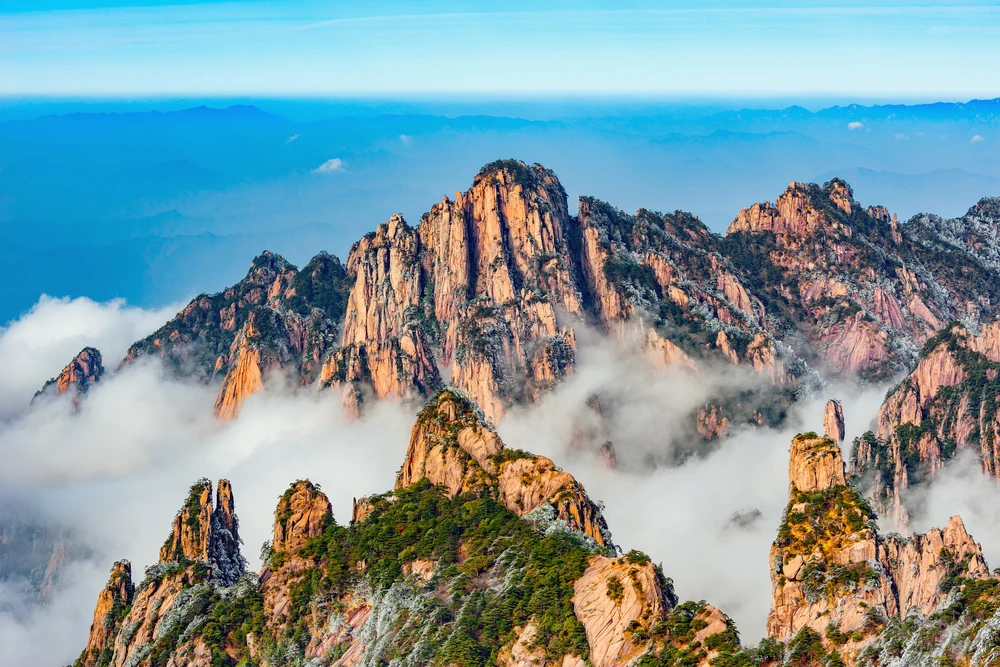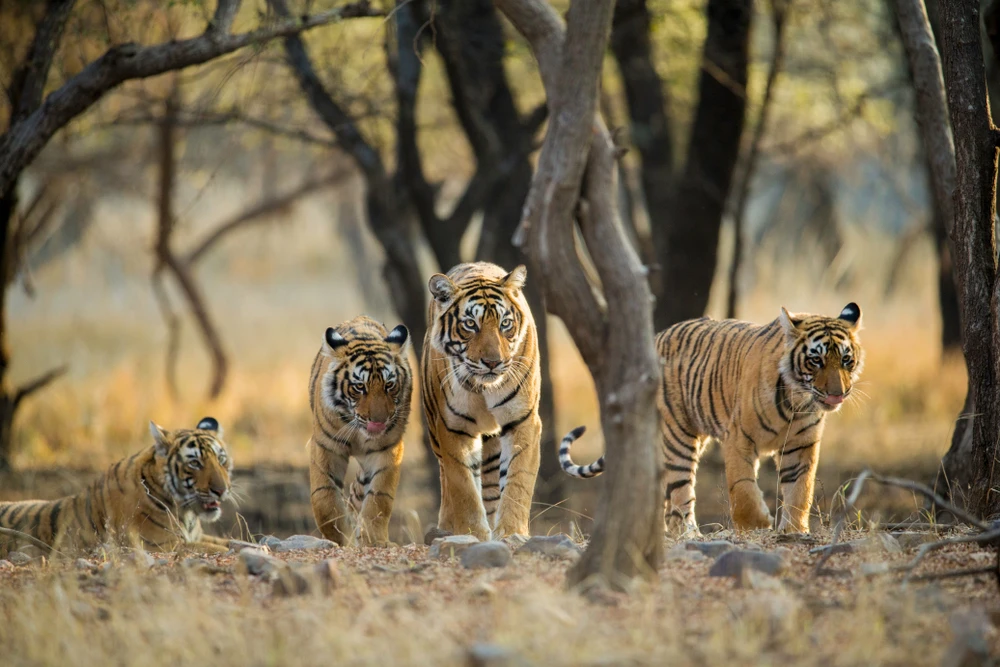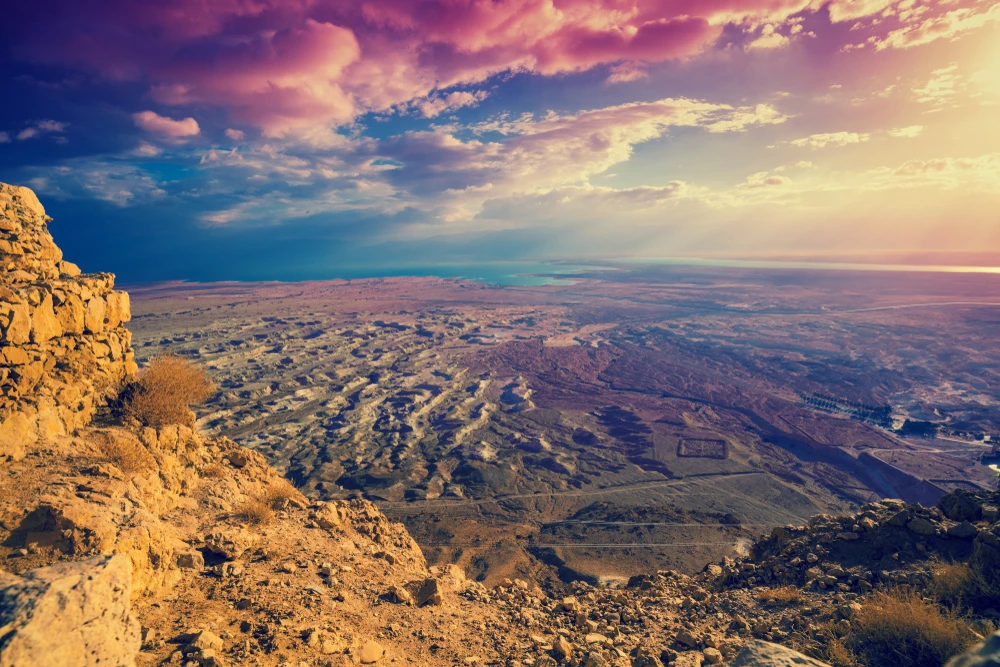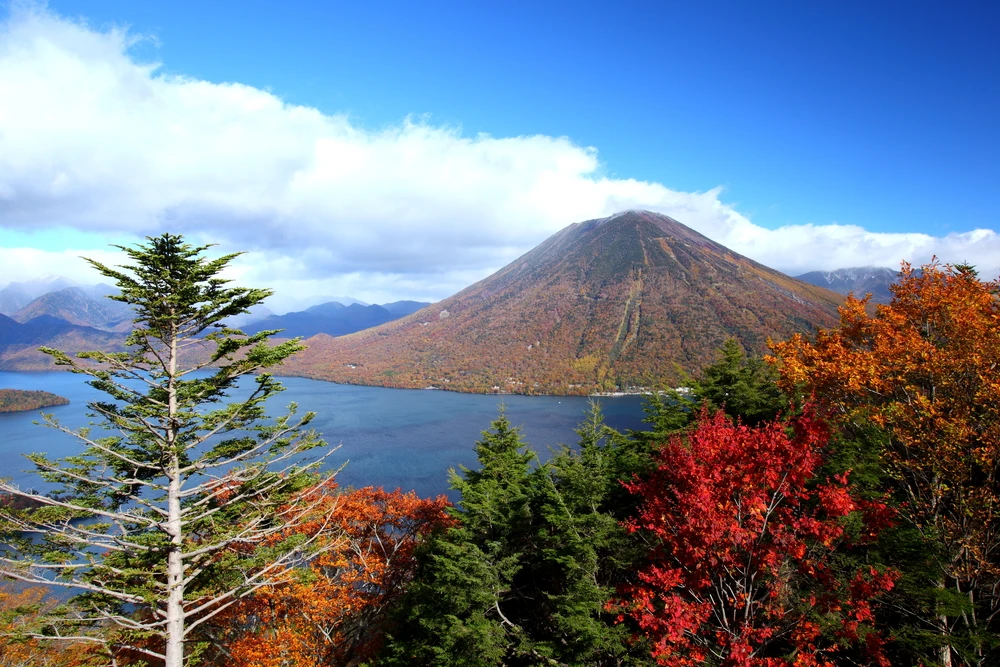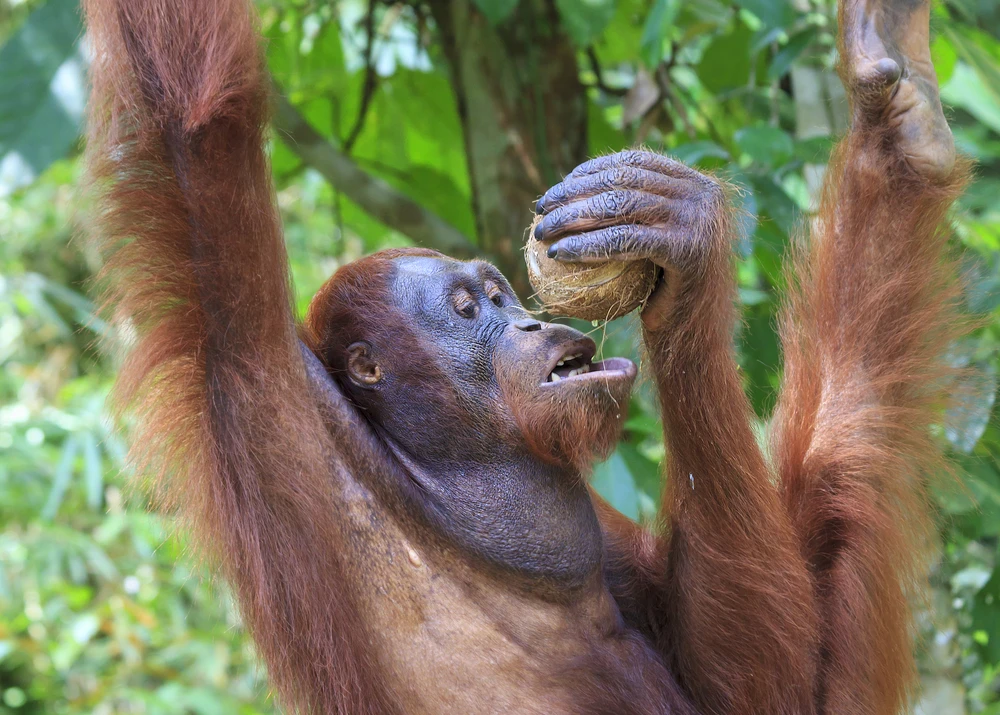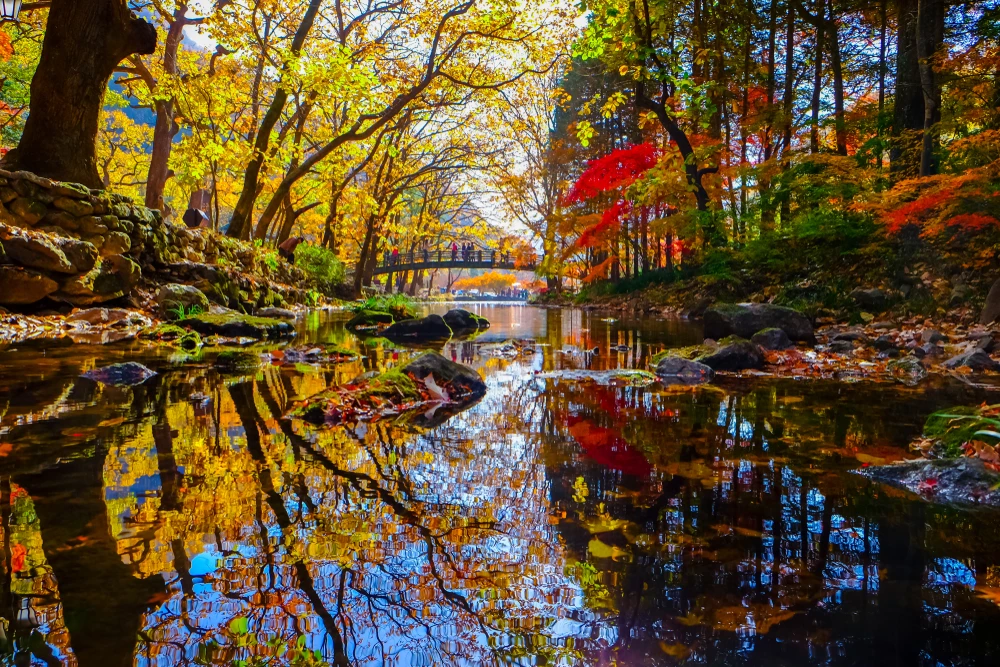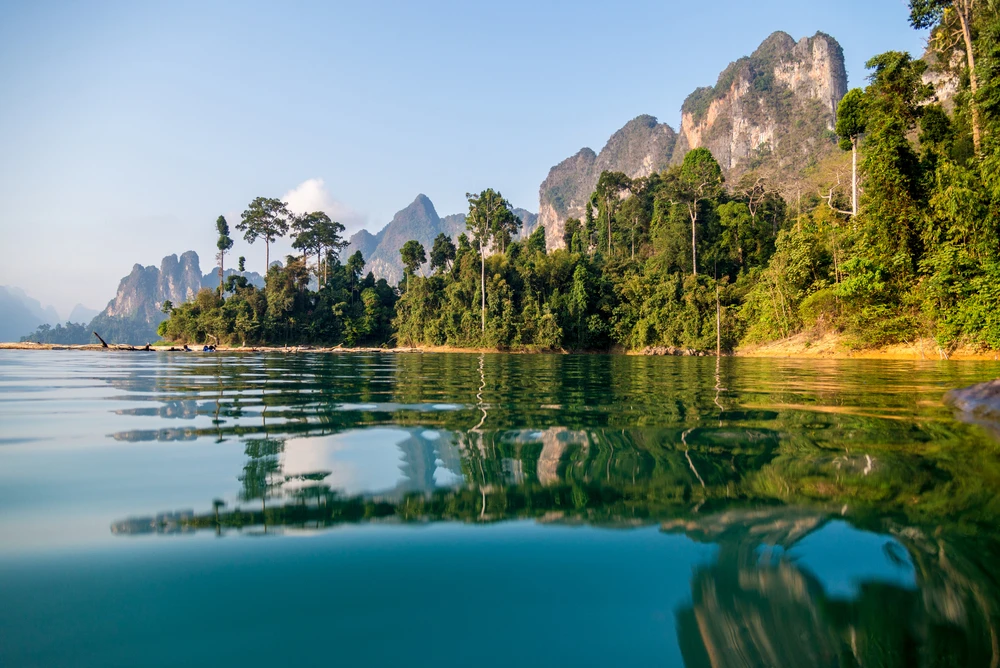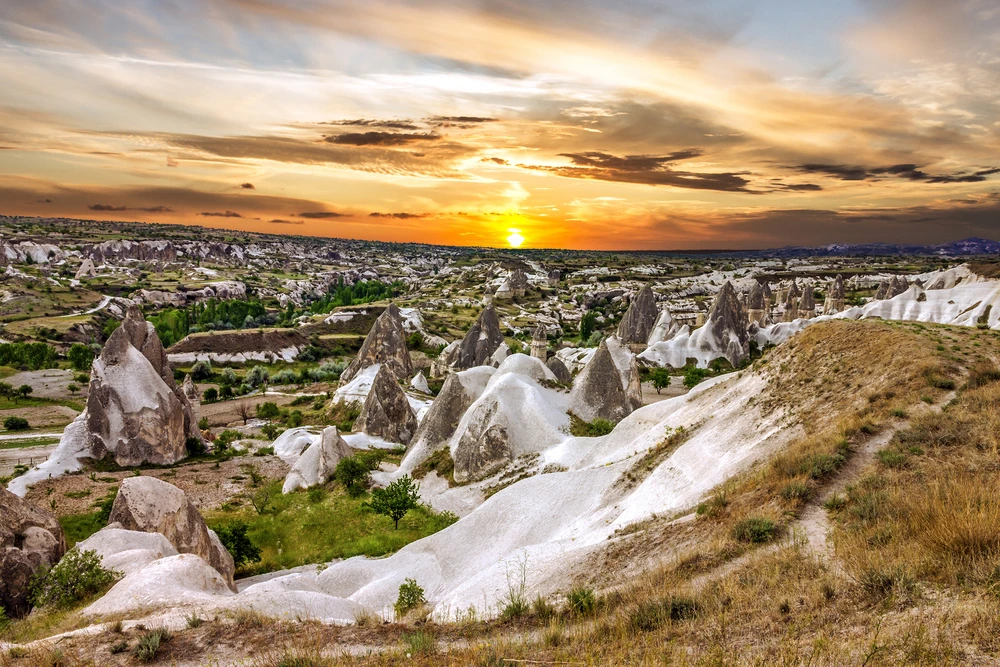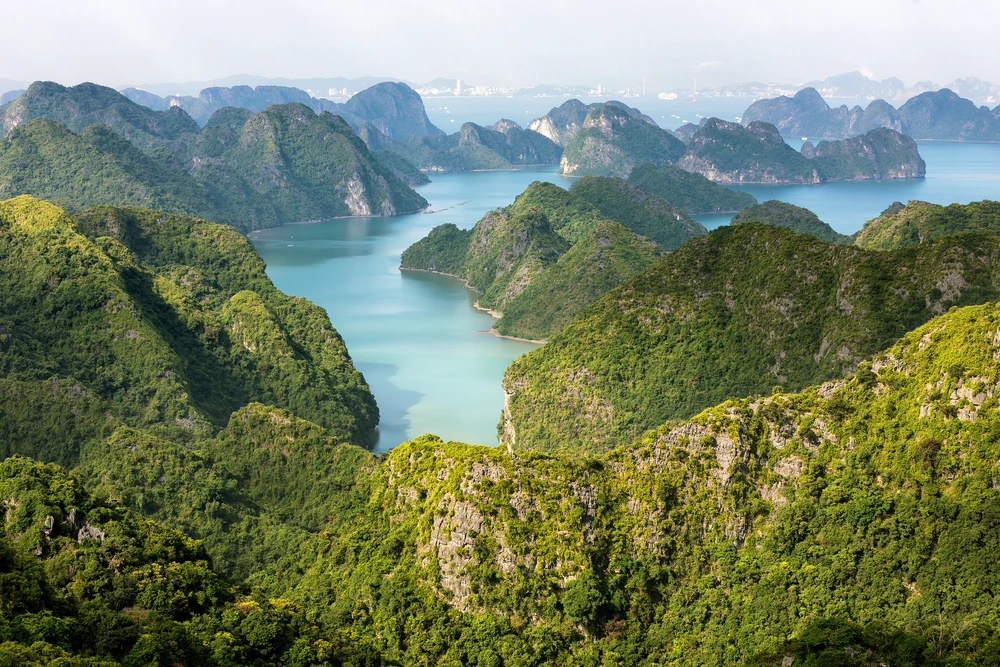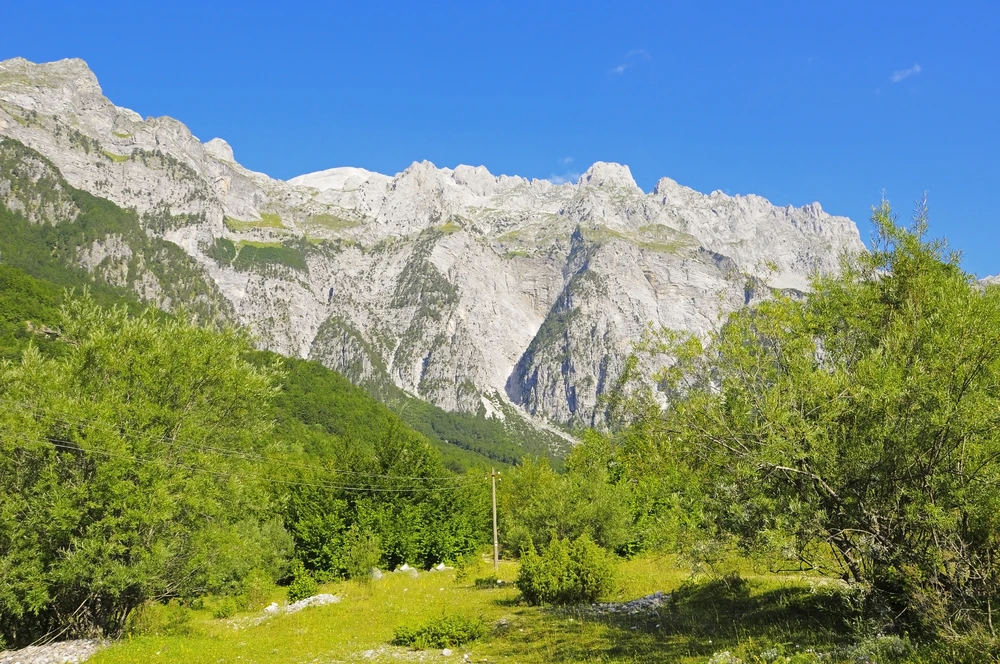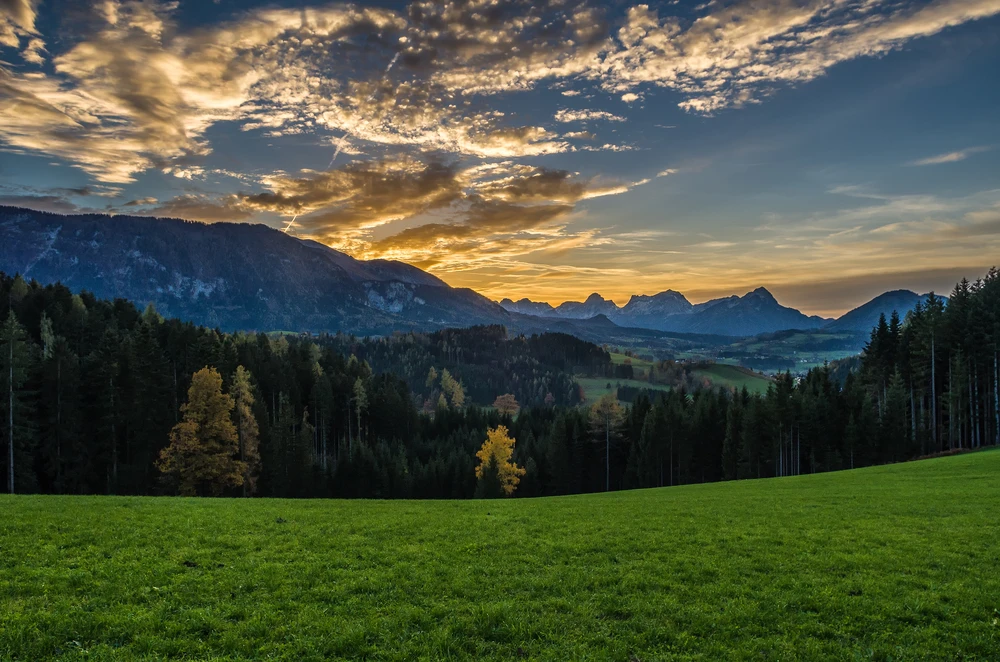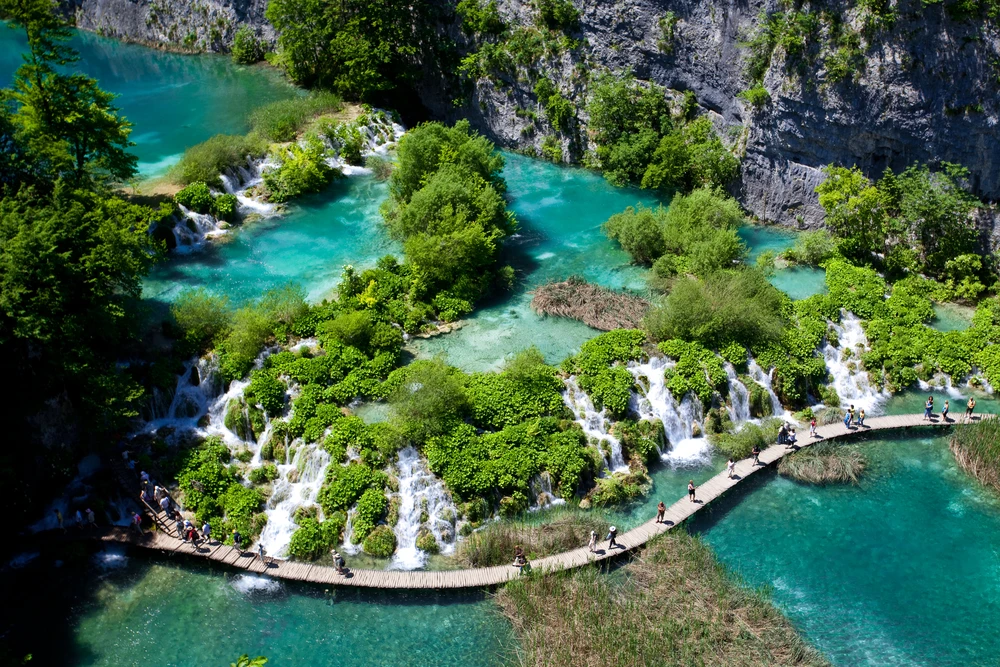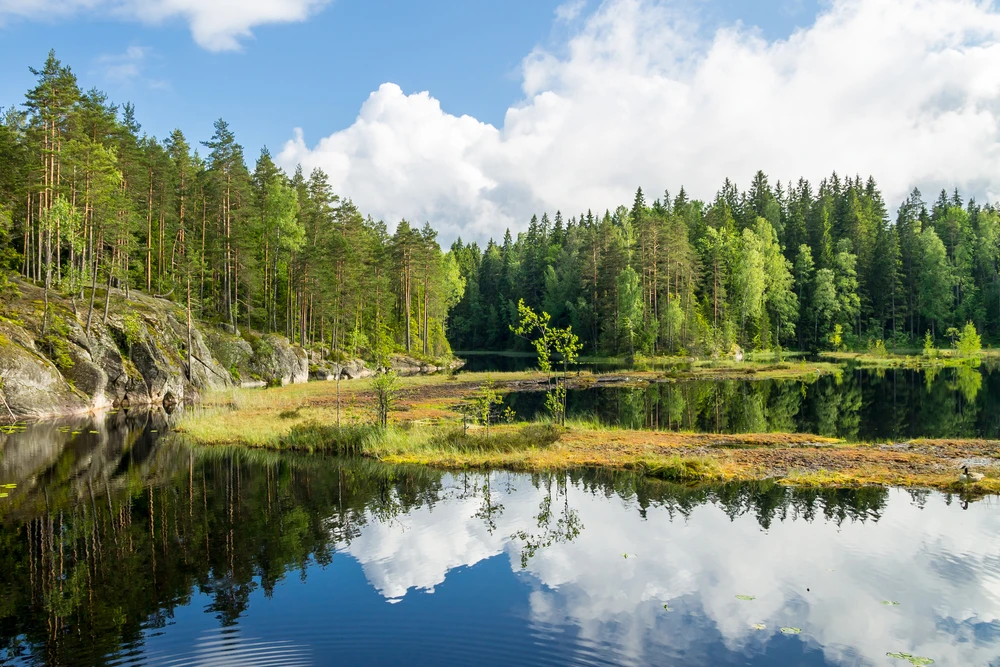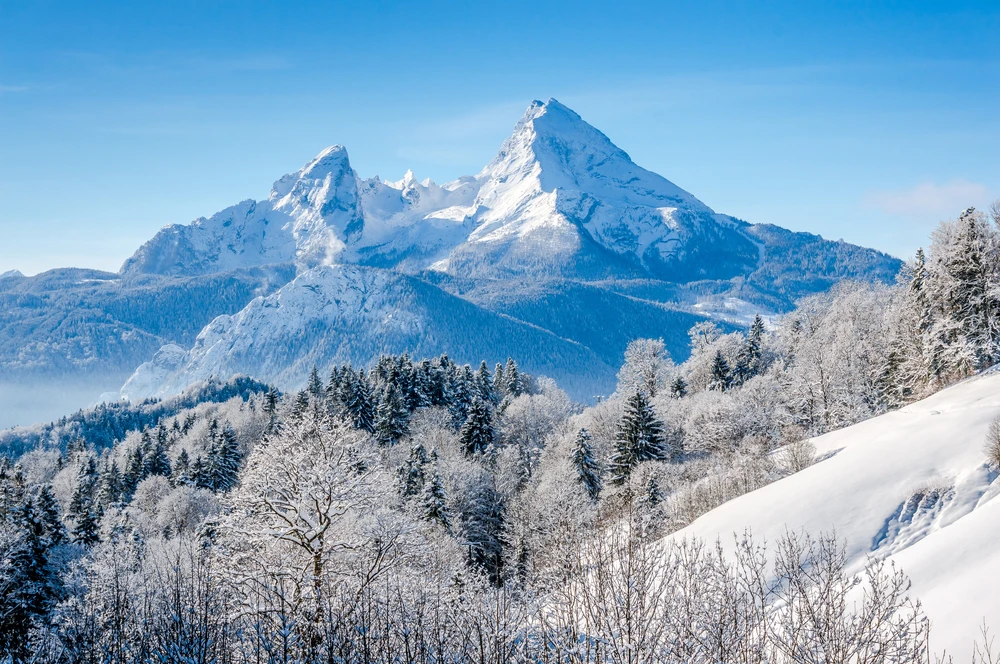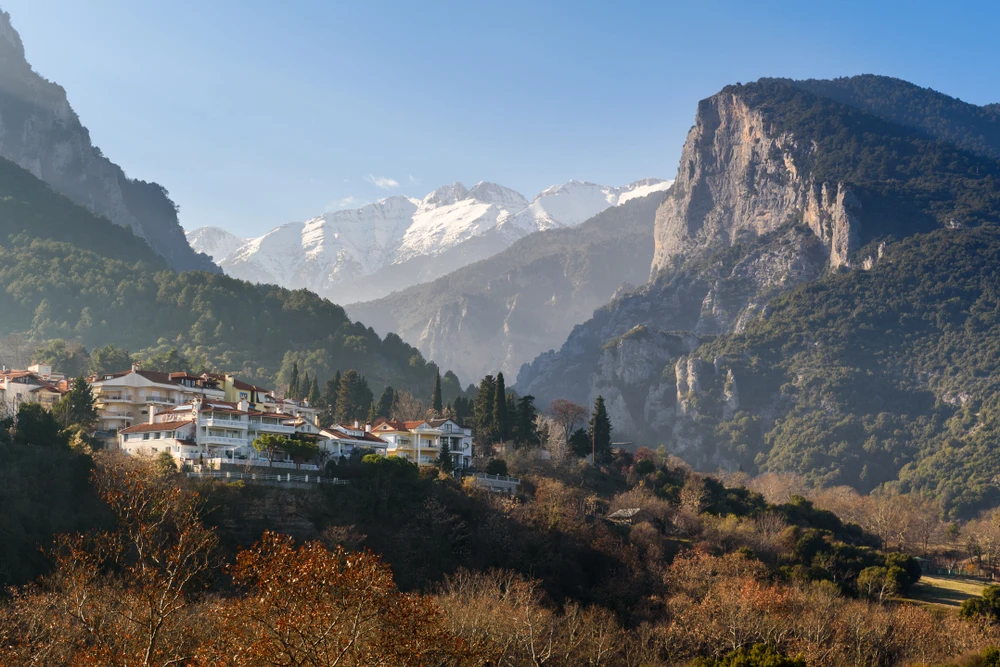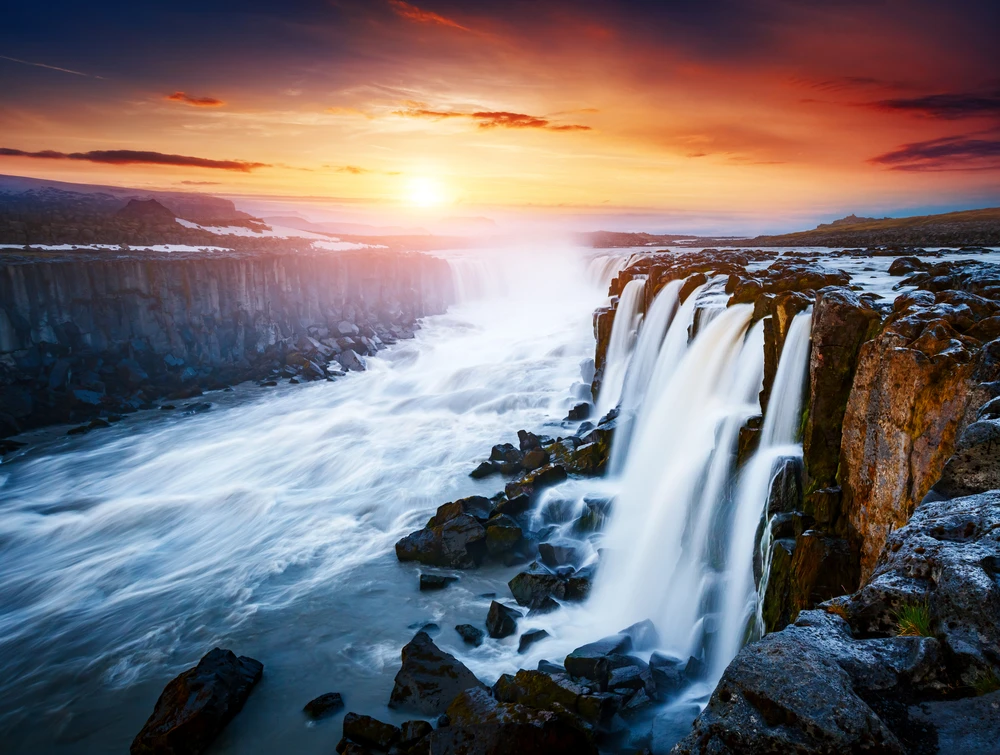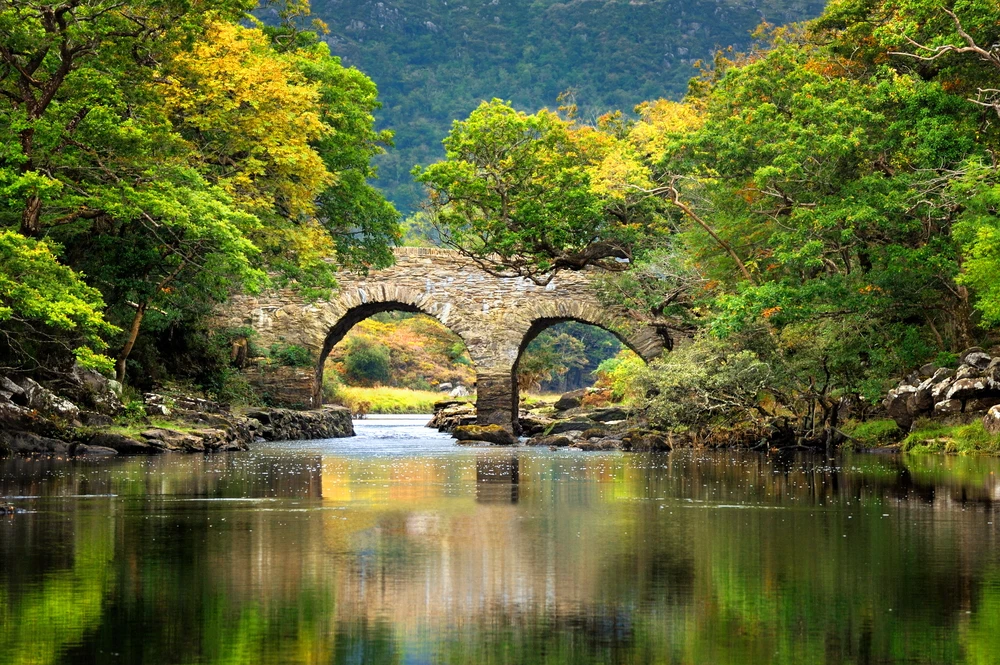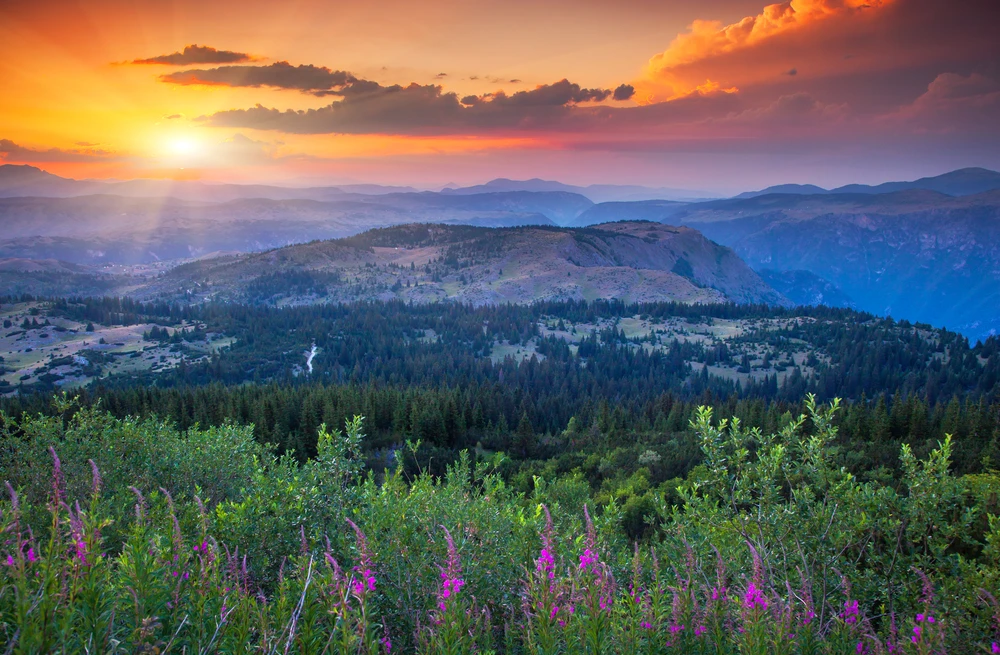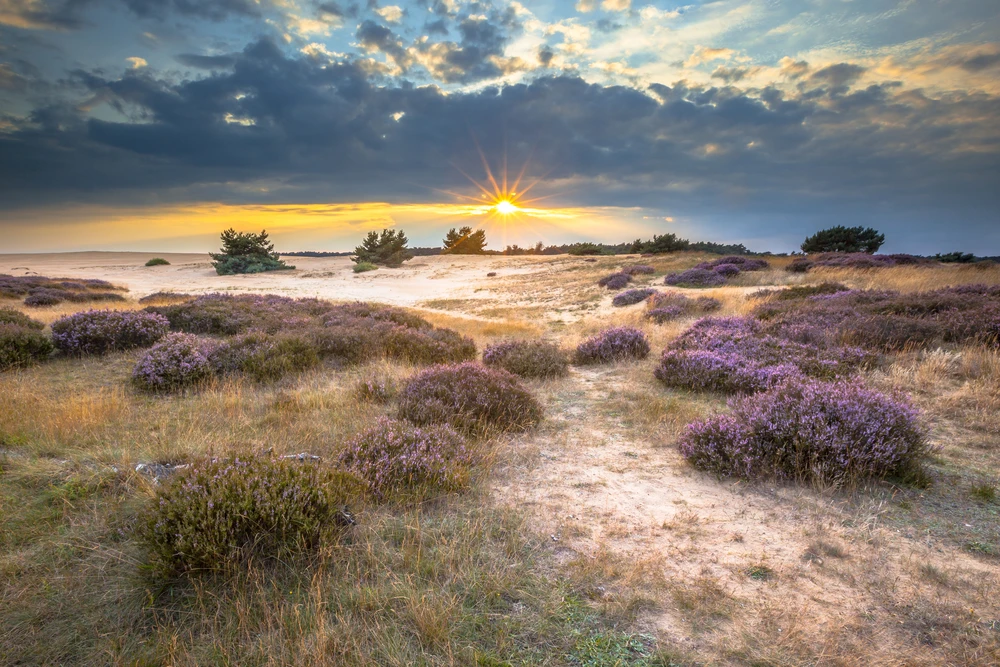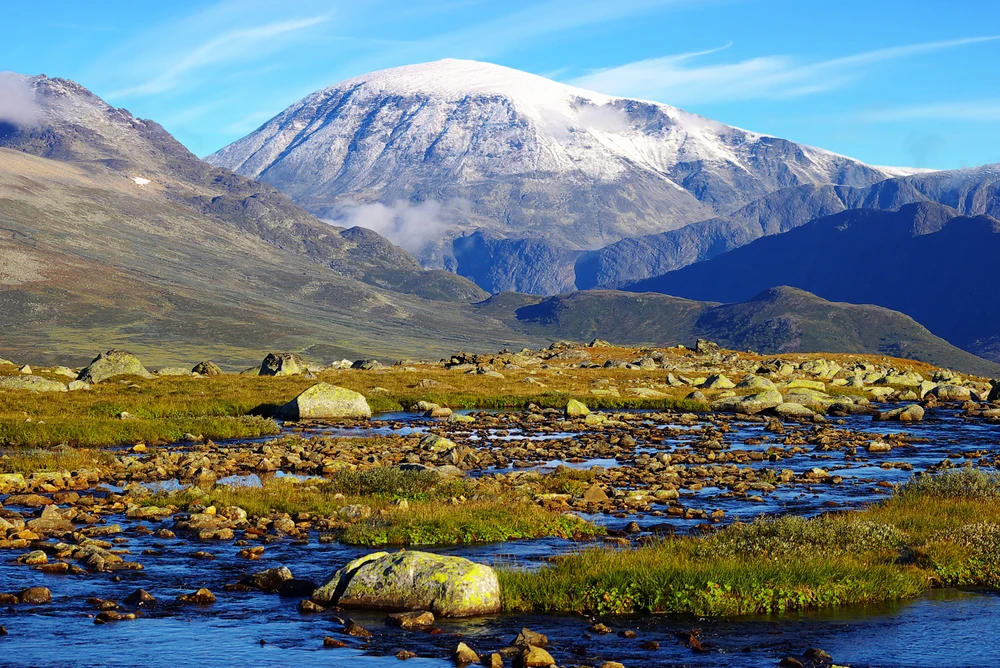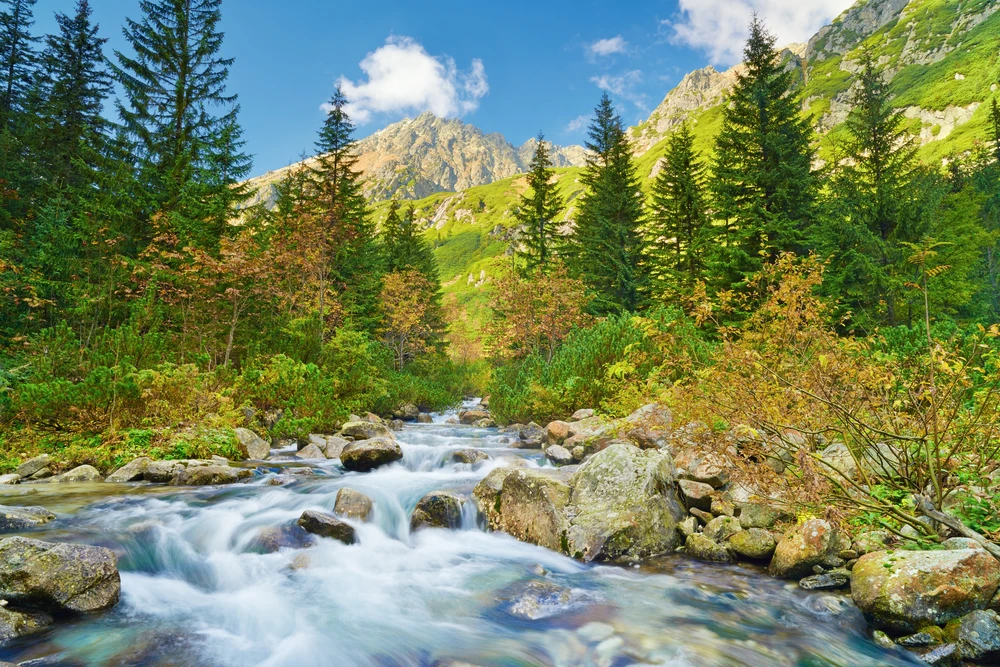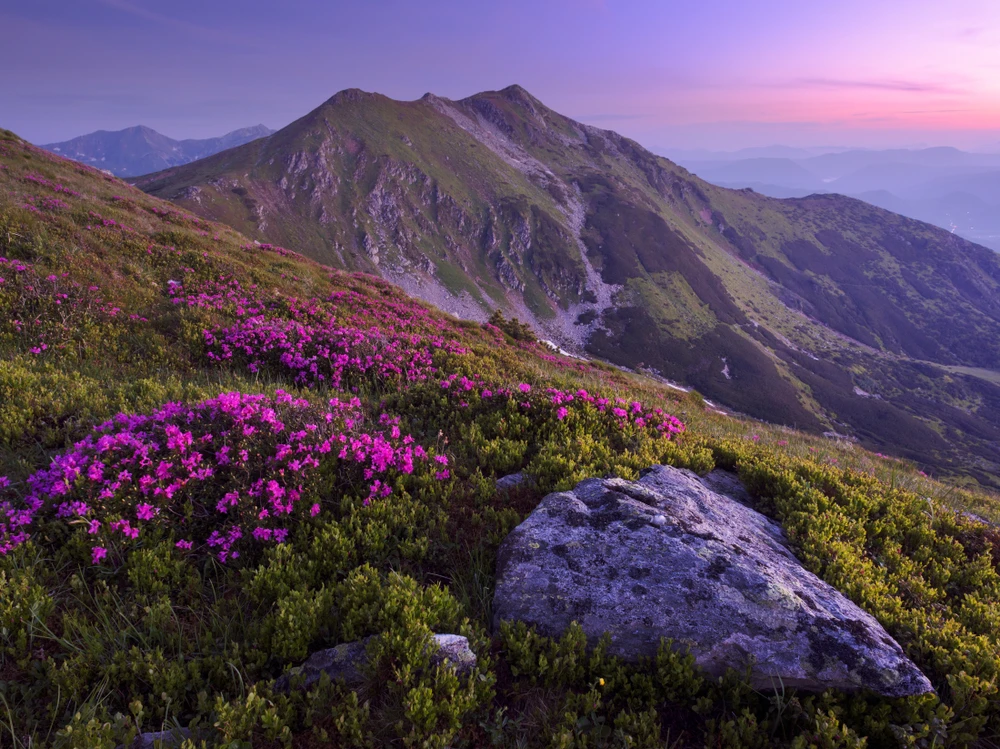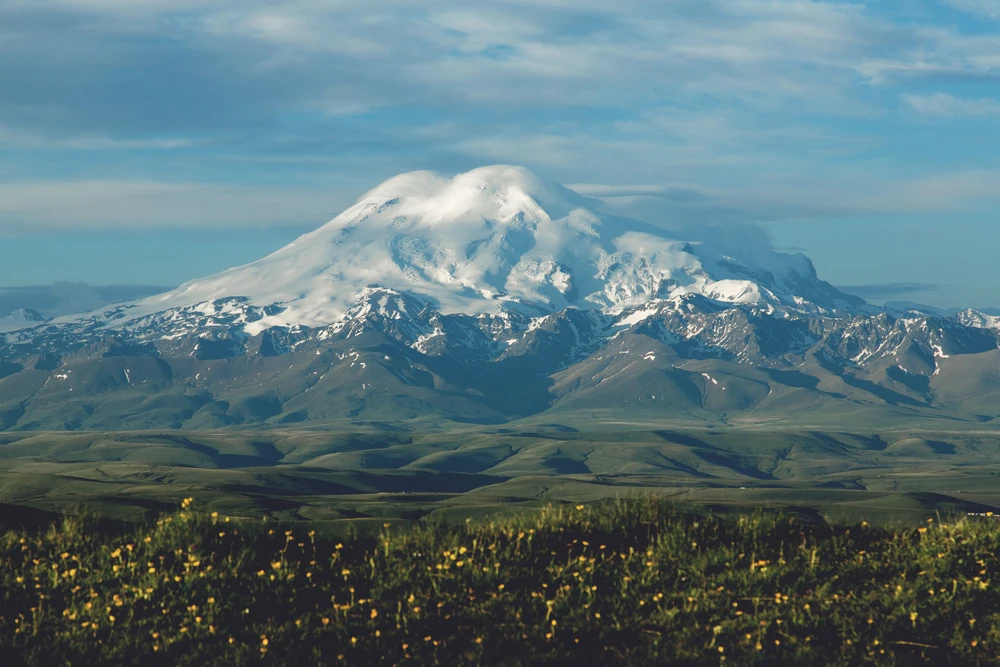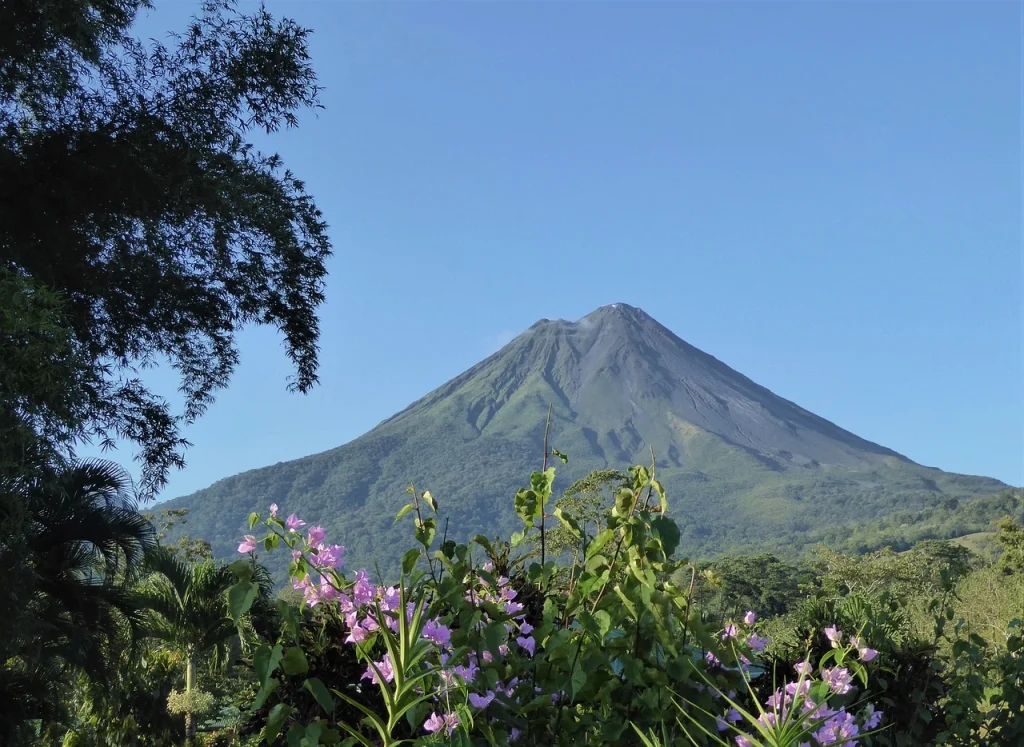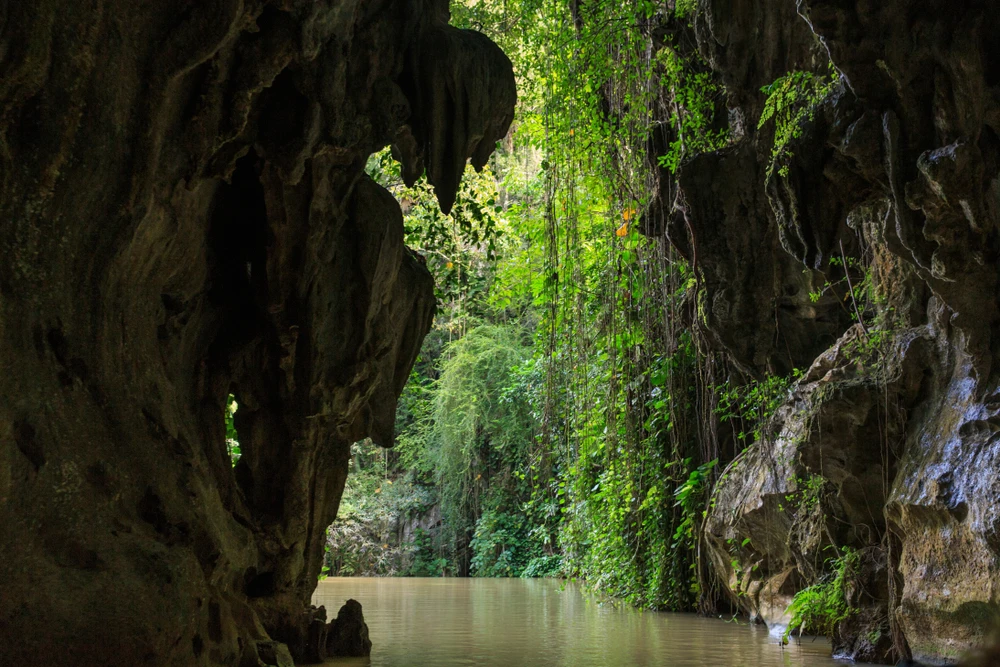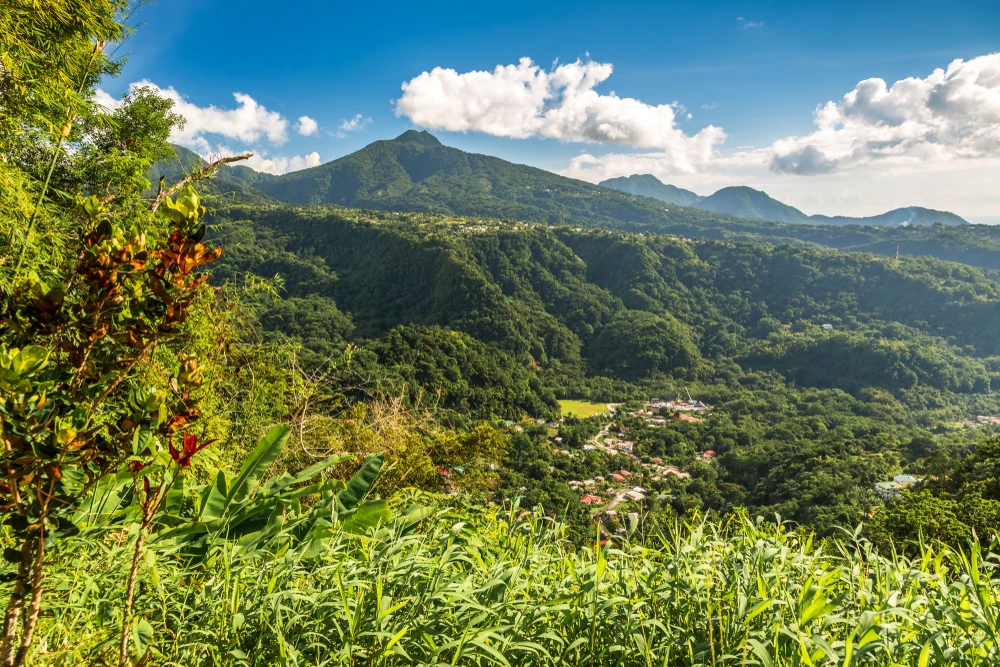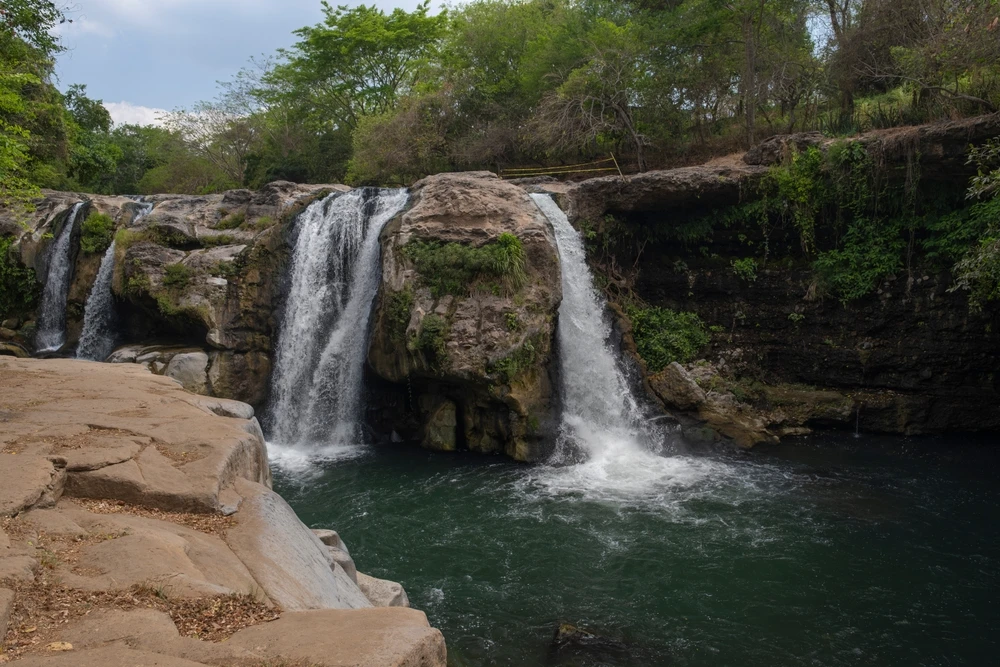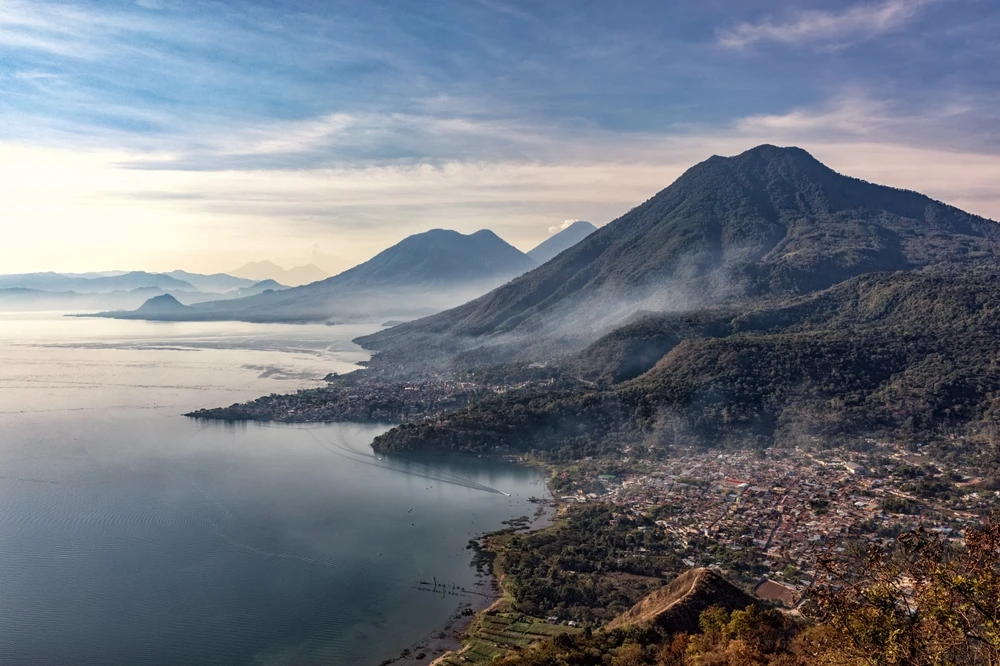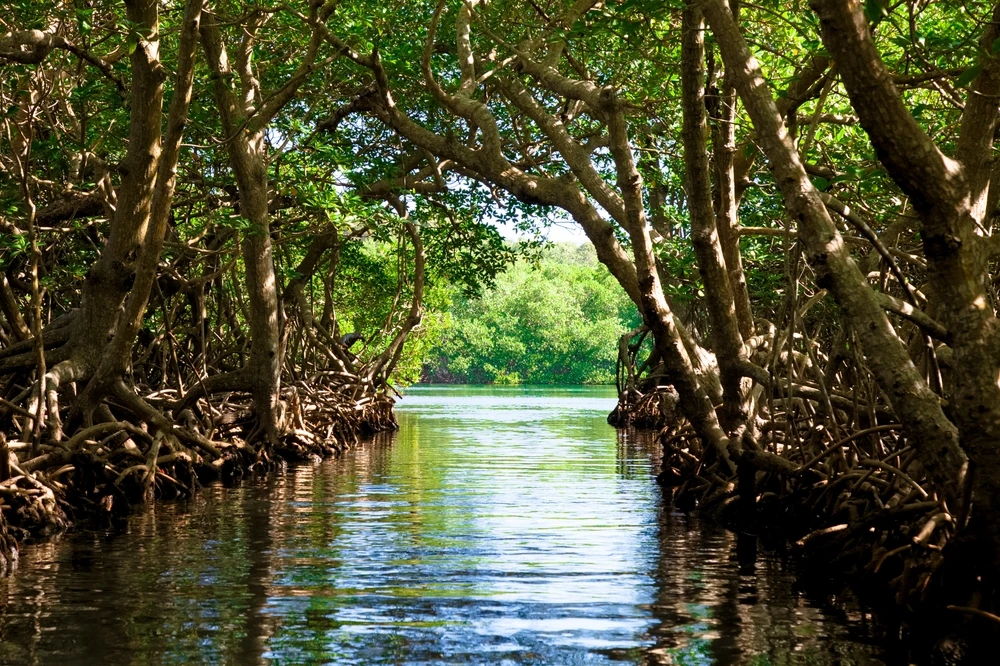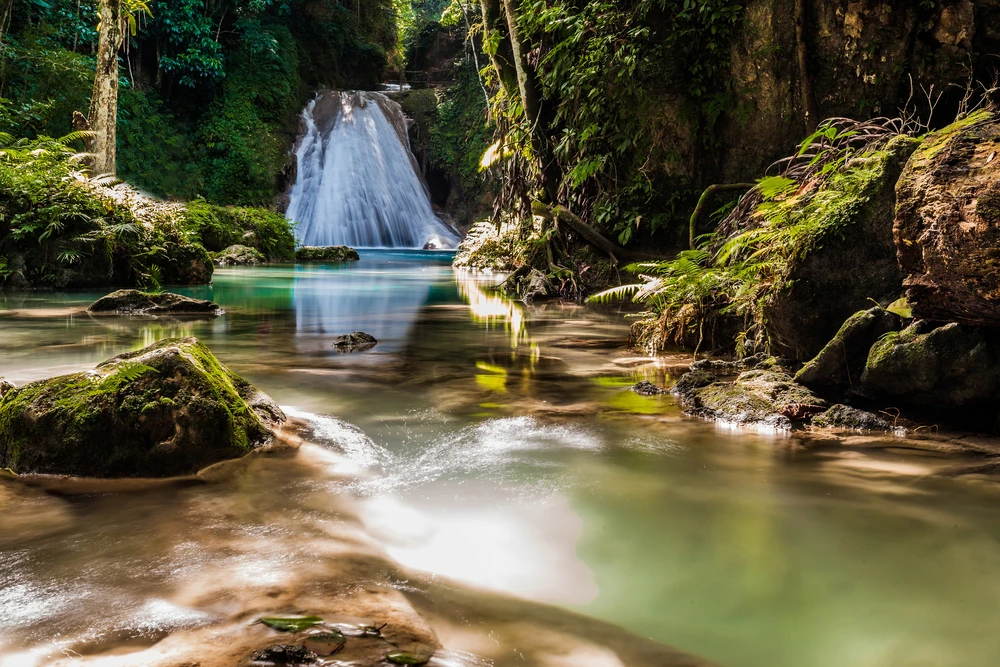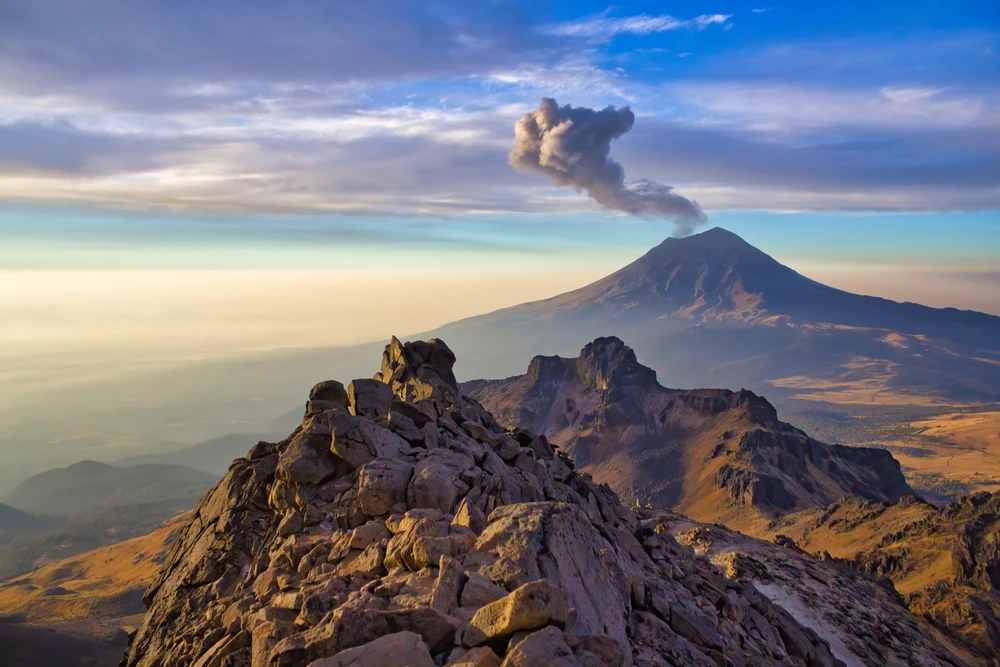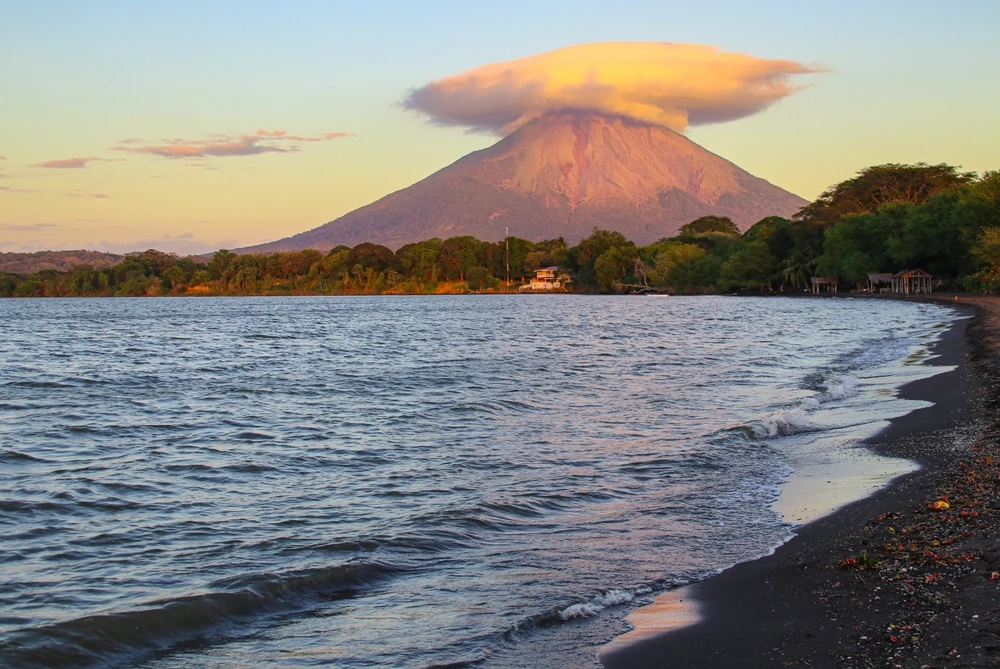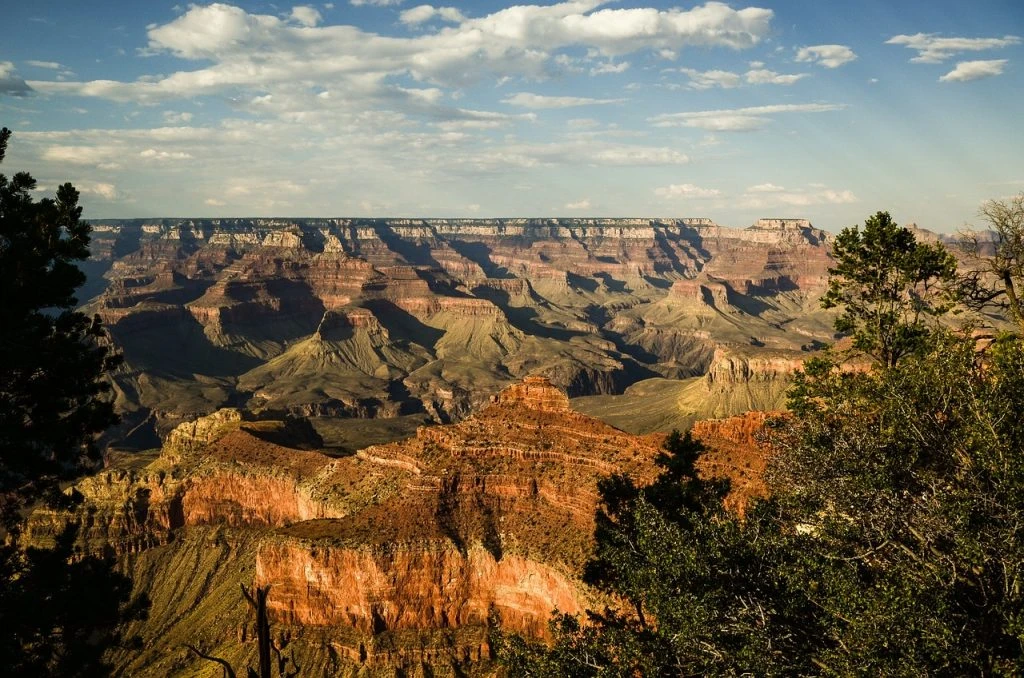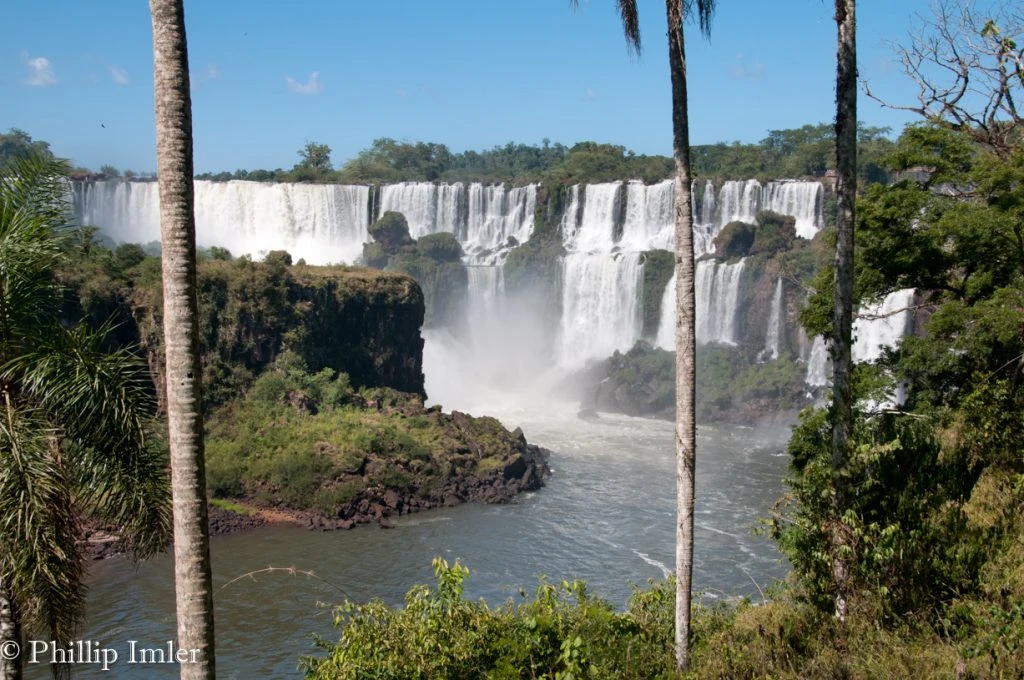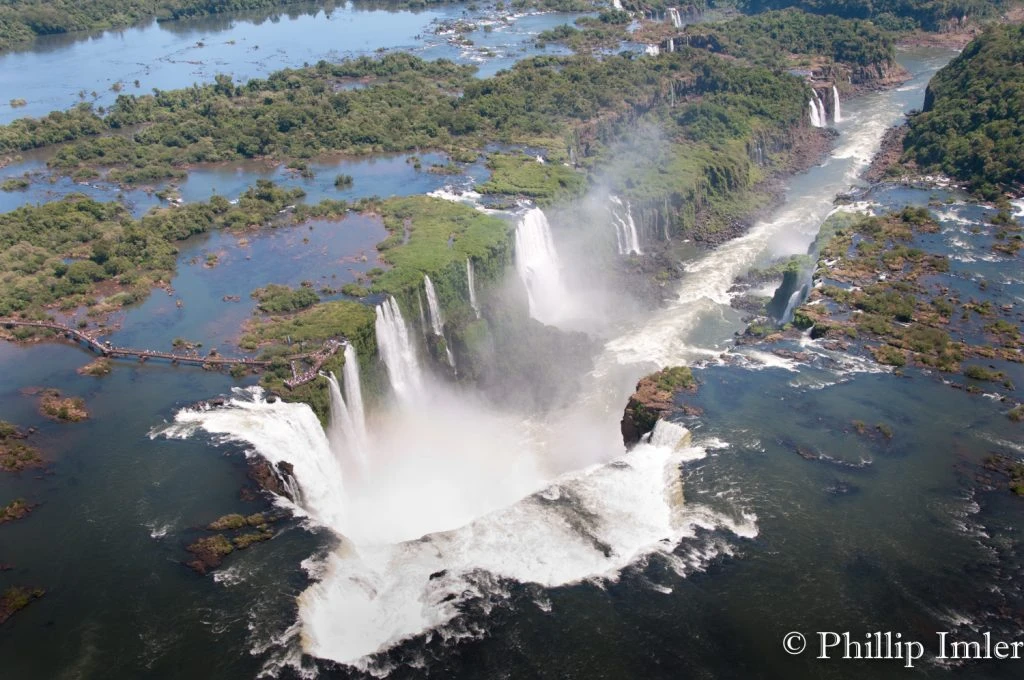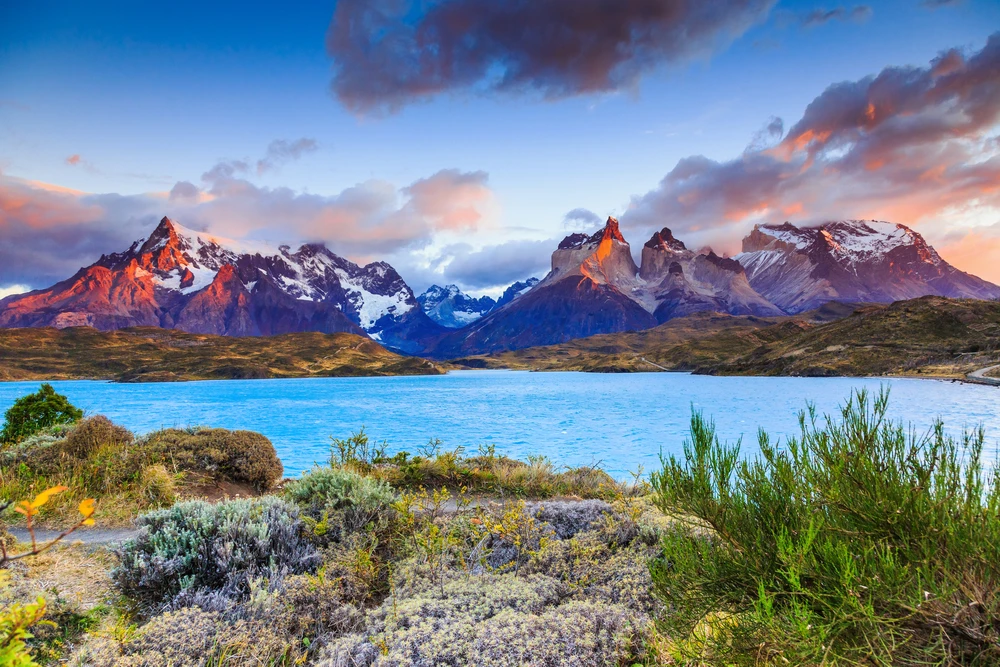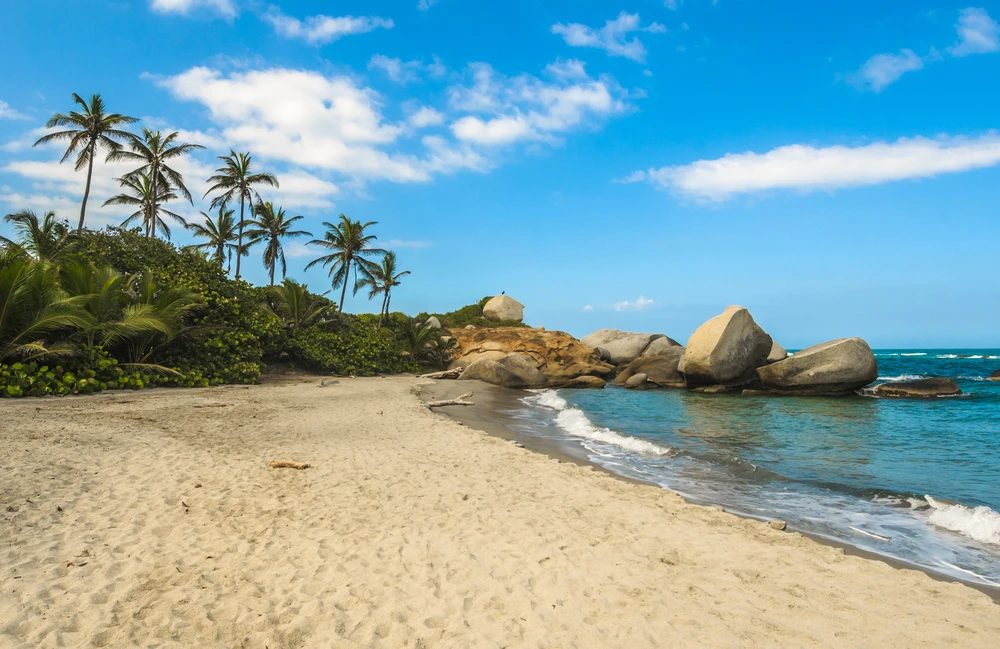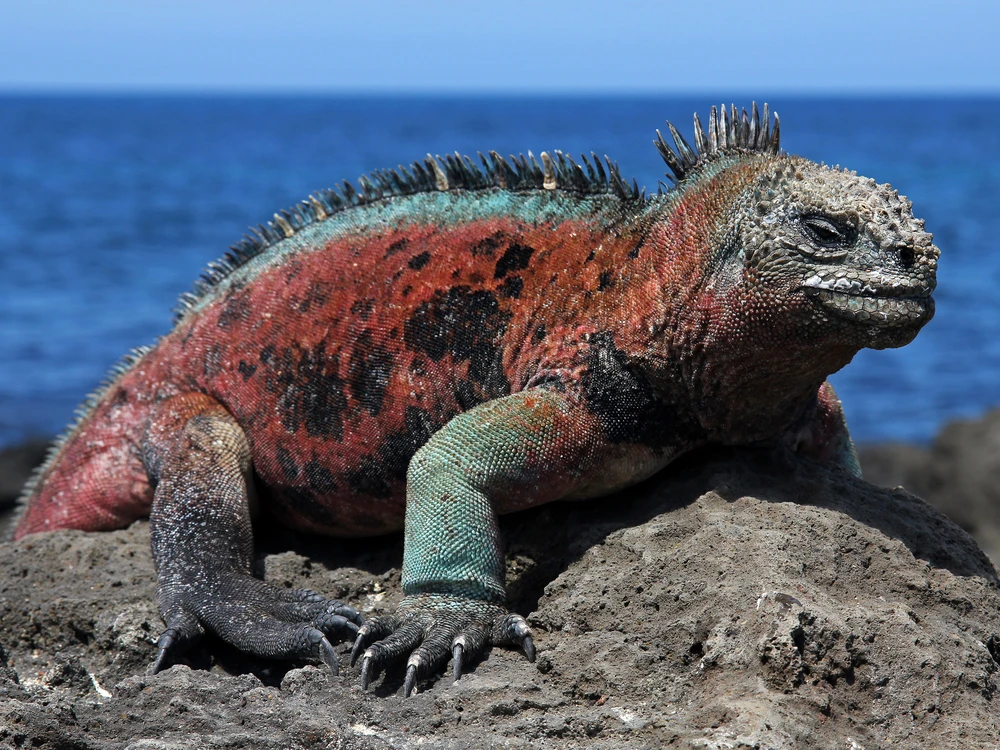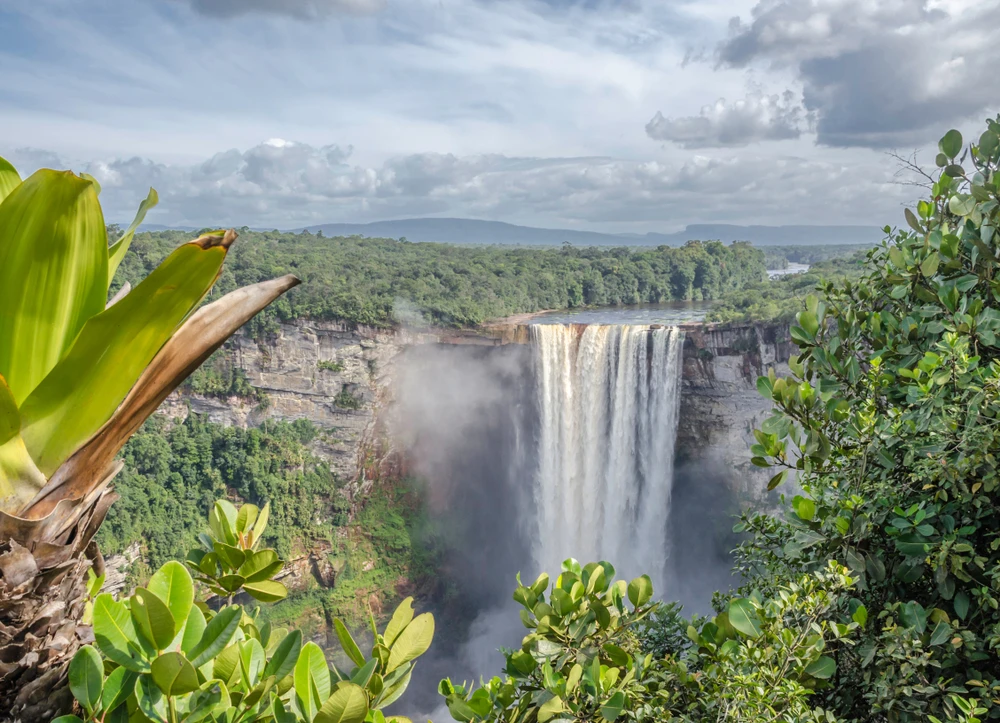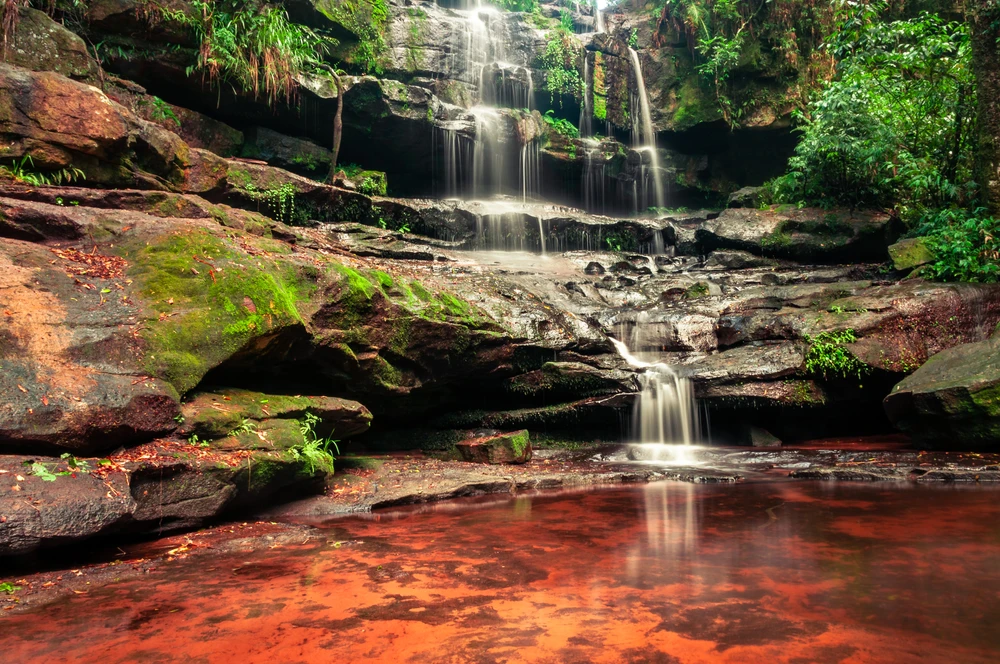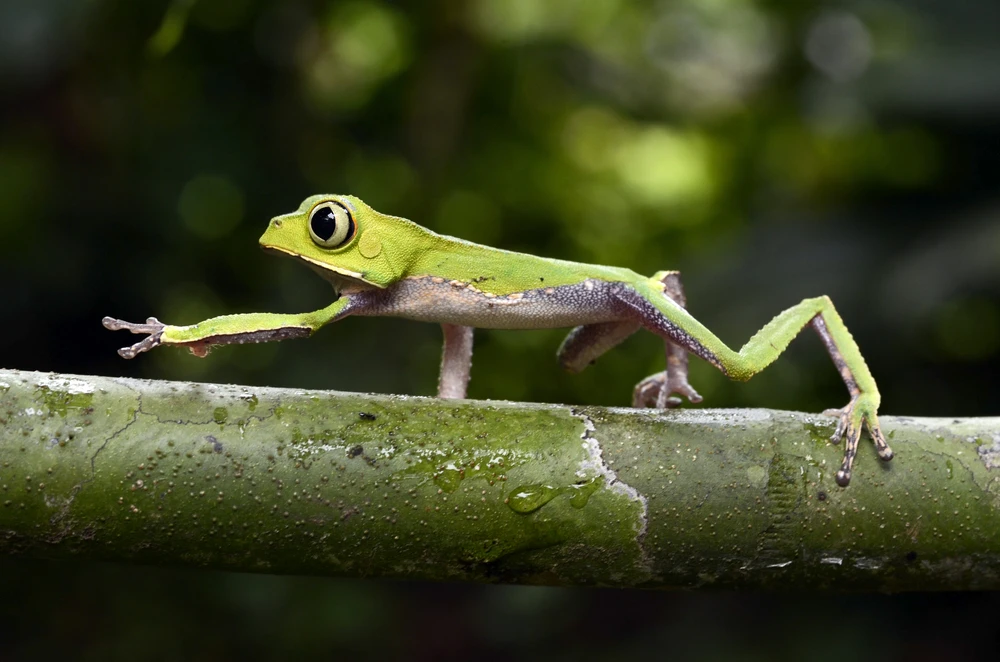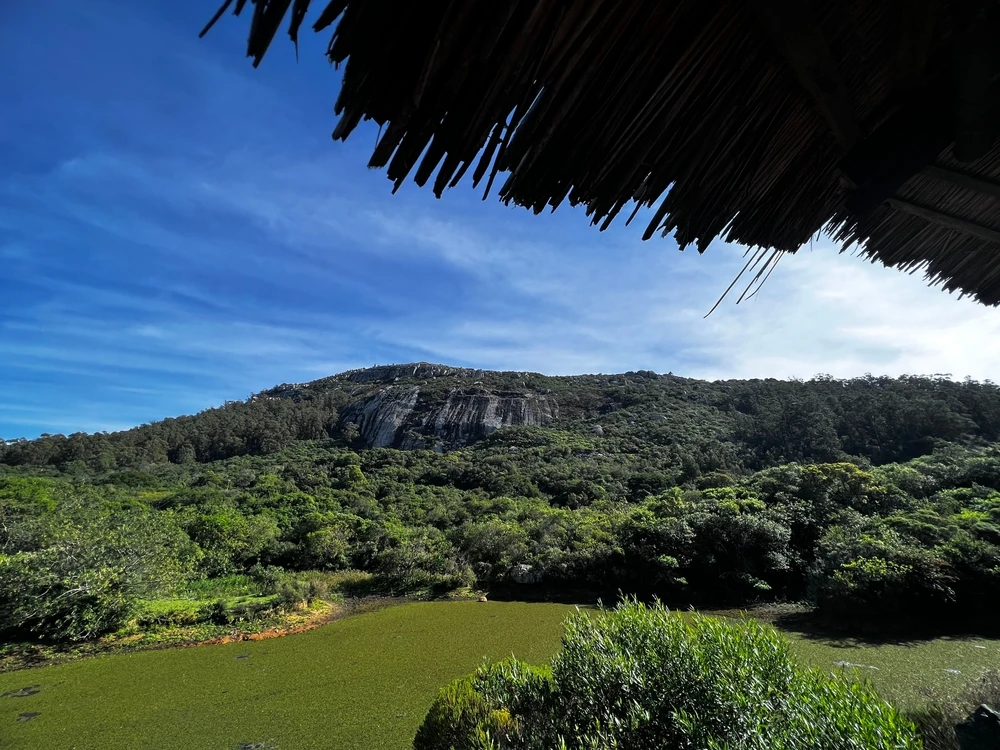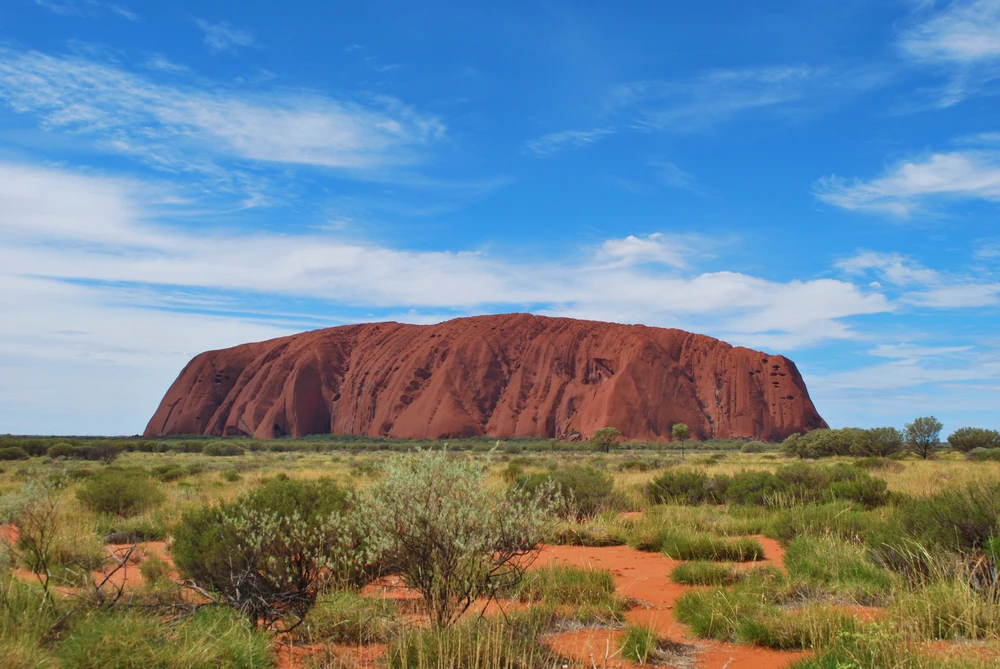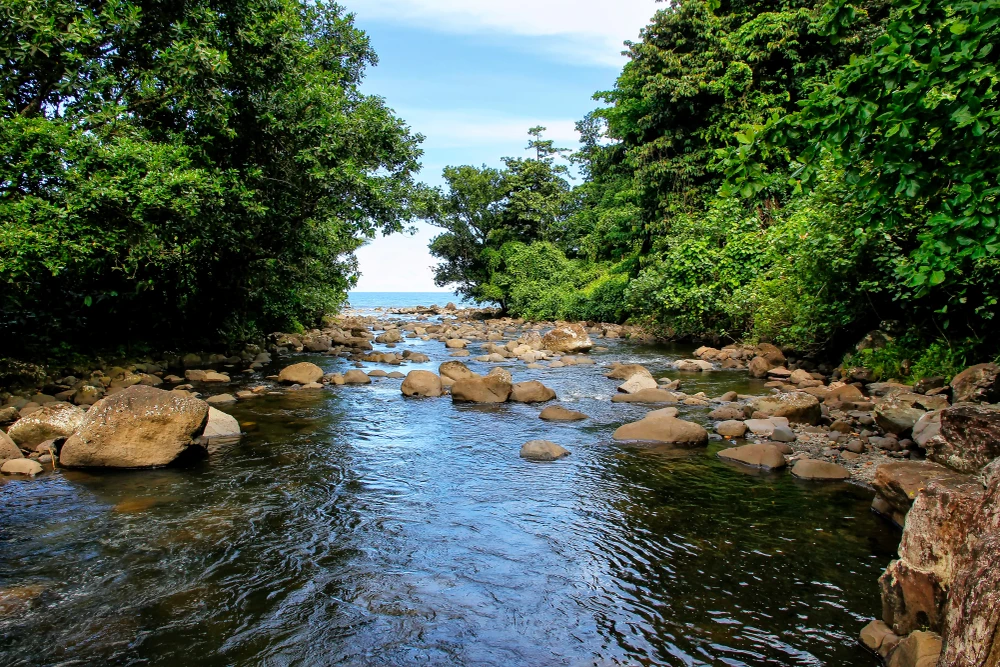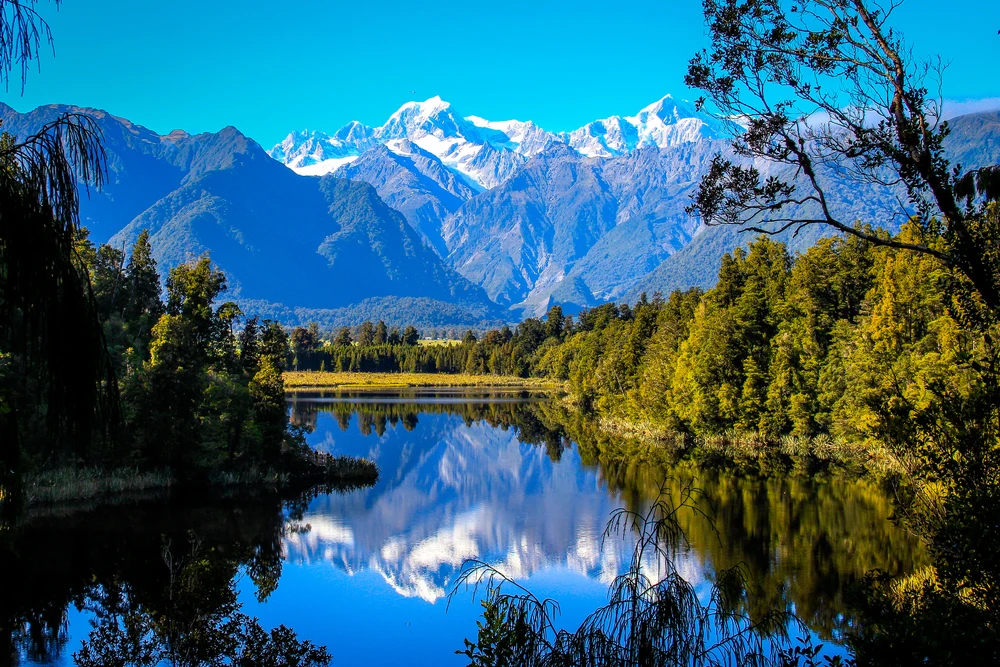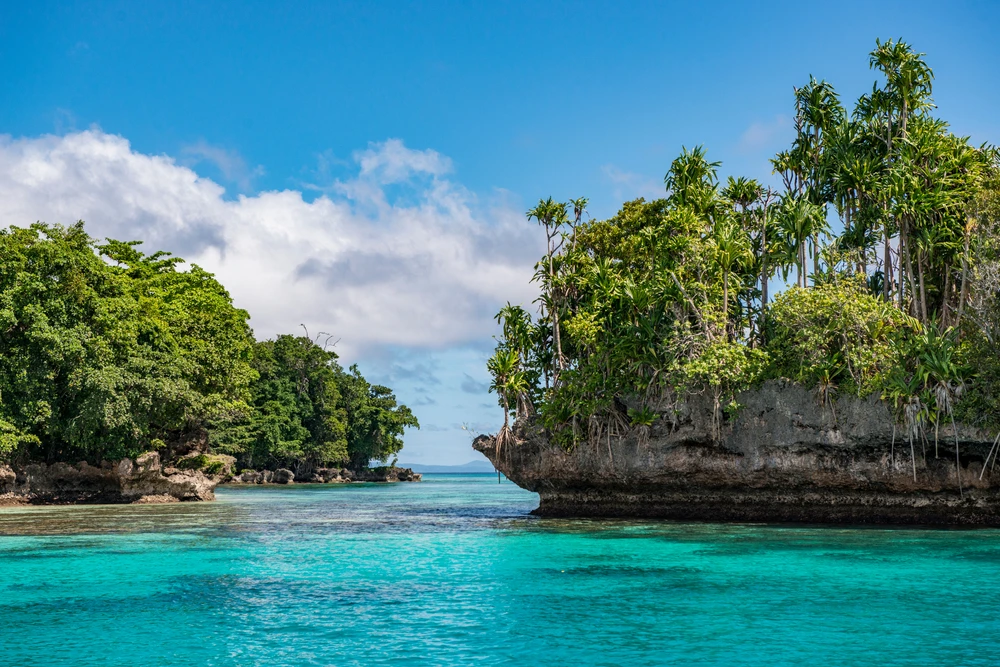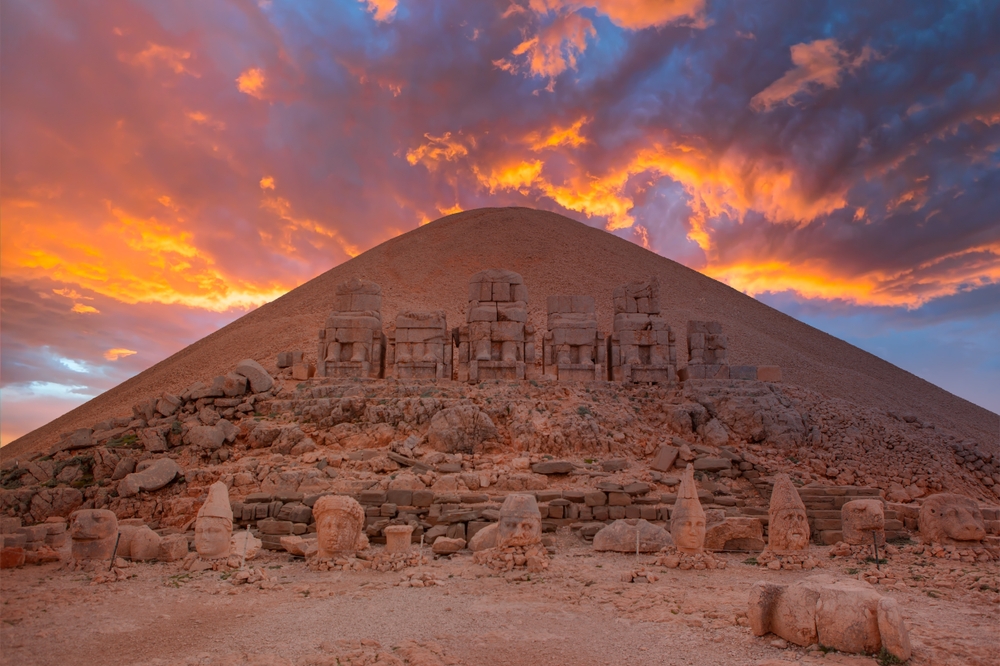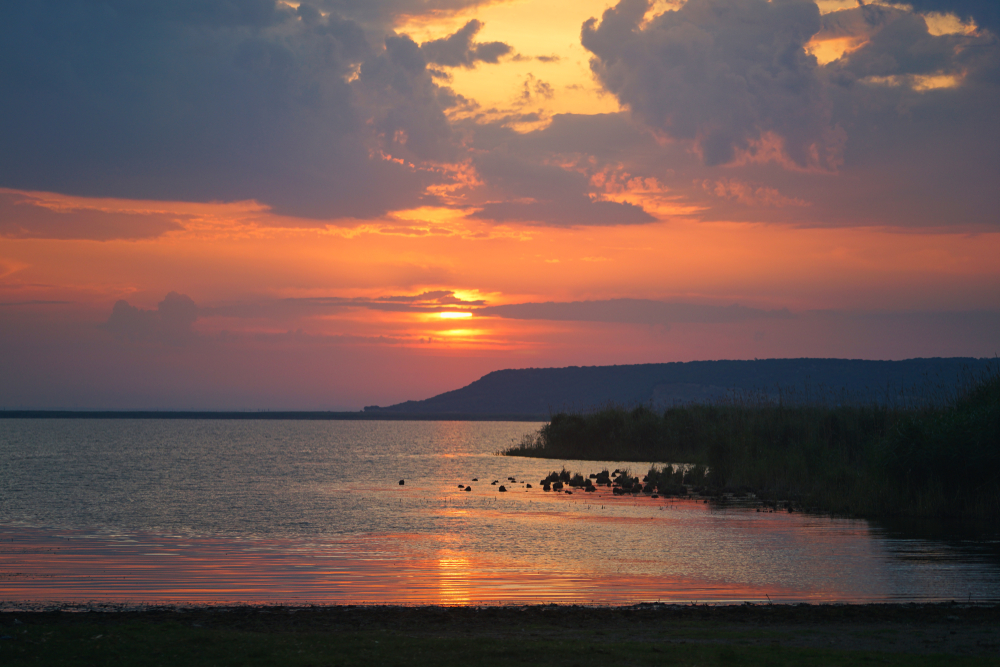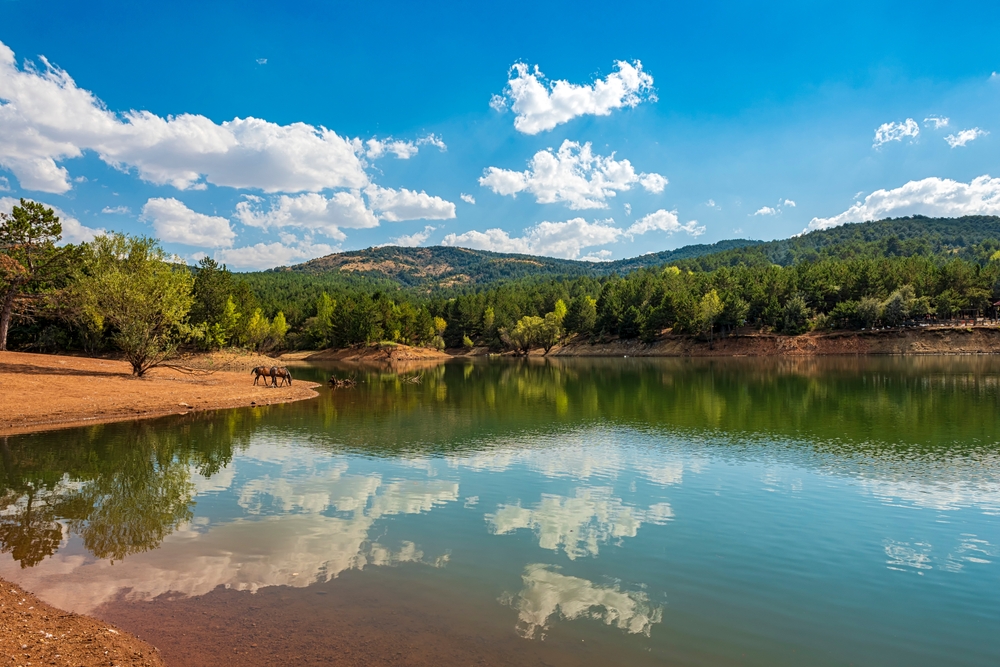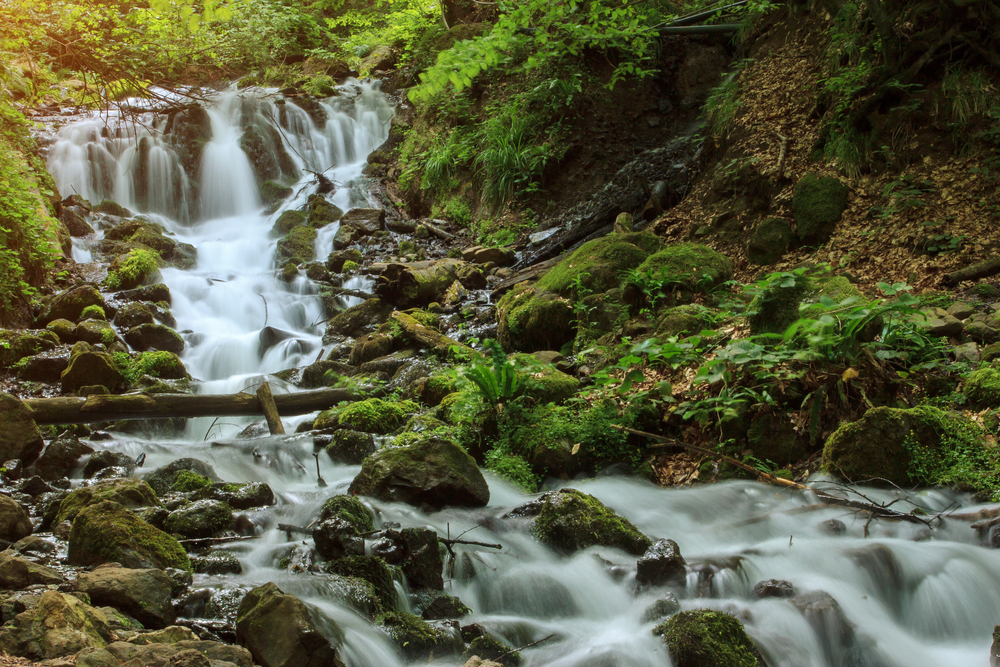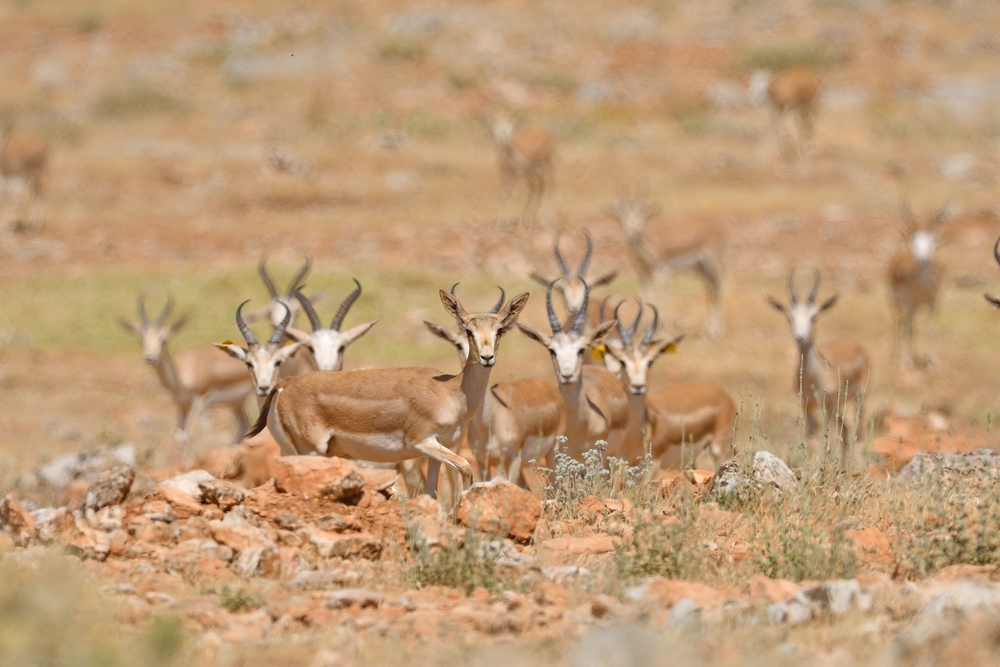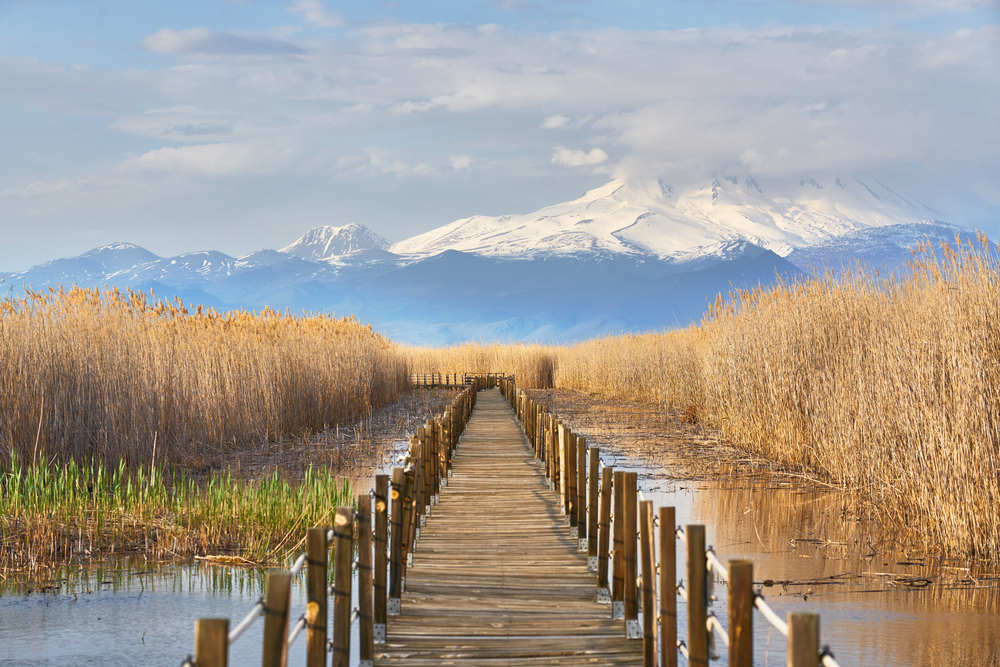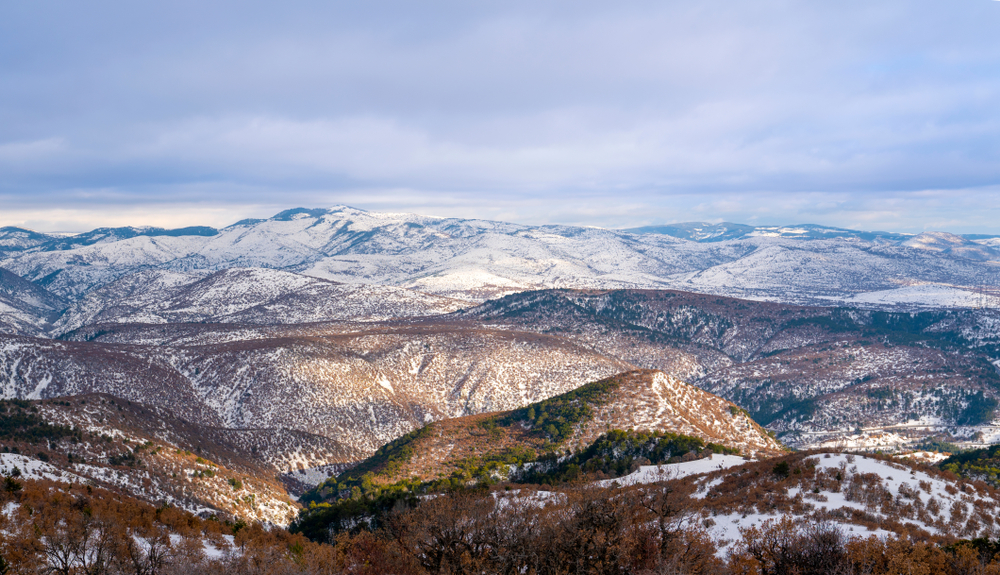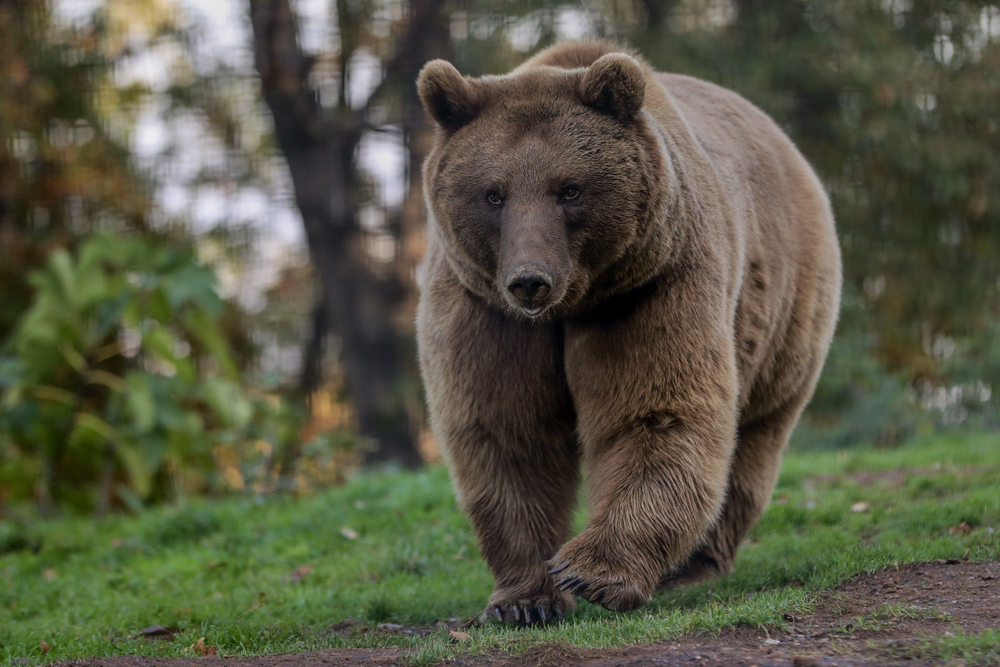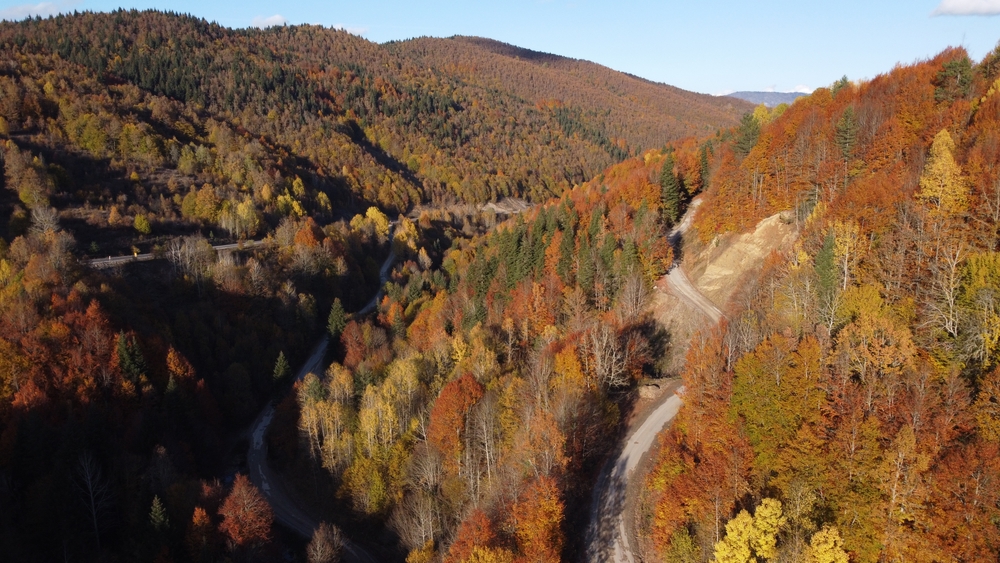Mount Nemrut Overview
Mount Nemrut National Park, known in Turkish as Nemrut Dağı Milli Parkı, is located in southeastern Turkey, within the boundaries of Adıyaman Province. Covering approximately 8.5 square miles (22 square kilometers), the park centers around Mount Nemrut, which rises to a height of 7,001 feet (2,134 meters) and forms part of the Eastern Taurus Mountains.
The terrain is arid and rugged, with steep limestone slopes, high plateaus, and rocky outcrops dominating the landscape. Sparse vegetation consisting mainly of mountain shrubs, hardy grasses, and scattered wildflowers clings to the rocky terrain, shaped by the region’s harsh climate and elevation. The stark scenery gives way to breathtaking views, particularly at sunrise and sunset, when the light casts dramatic shadows across the mountaintop and surrounding plains.
The wildlife in Mount Nemrut National Park reflects its mountainous and dry environment. Mammals like wild goats, foxes, and hares are adapted to the rocky habitat and are occasionally seen traversing the steep slopes. Bird species are more commonly observed, particularly those suited to open highland environments.
These include partridges, larks, and raptors such as eagles and kestrels. Reptiles such as lizards and small snakes are also part of the park’s fauna, often seen sunning themselves on rocks during warmer months. Though the biodiversity is limited compared to forested parks, the unique alpine environment provides a distinct habitat for specialized species.
The park’s most iconic and popular feature is the monumental archaeological site at the summit of Mount Nemrut, which was declared a UNESCO World Heritage Site. This site includes a complex of giant stone statues and burial mounds built by King Antiochus I of Commagene in the 1st century BCE.
The colossal stone heads of gods, eagles, lions, and the king himself sit around a central tumulus, creating one of the most striking ancient sites in the world. The sculptures, some over 30 feet (9 meters) tall, are arranged on the east and west terraces of the summit and reflect a unique blend of Greek, Persian, and Anatolian cultural influences.
Visitors primarily come to Mount Nemrut National Park to witness this extraordinary archaeological wonder, particularly at sunrise or sunset, when the lighting enhances the mystery and beauty of the statues. Hiking trails lead up to the summit from designated parking areas, and while the climb can be steep, it is manageable for most visitors.
The park also offers guided tours, interpretive signs, and small facilities near the entrance to provide information and rest stops. Photography, cultural exploration, and landscape appreciation are the key ways visitors experience the site.
Conservation at Mount Nemrut National Park focuses on both natural and cultural preservation. Erosion, earthquakes, and extreme weather pose constant threats to the stone monuments, while increased tourism adds pressure to the fragile environment.
Restoration projects and international cooperation have played a role in stabilizing the structures and managing visitor access. Educational efforts, controlled pathways, and limited on-site infrastructure aim to protect both the archaeological features and the surrounding natural terrain, helping to ensure the park’s enduring legacy.



